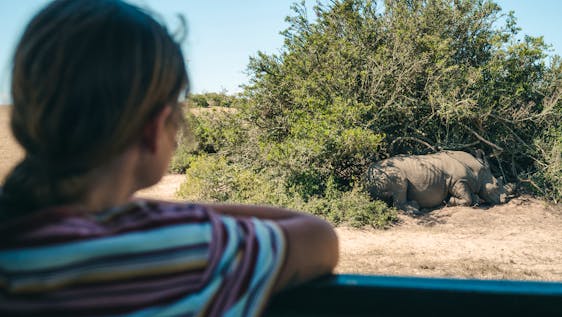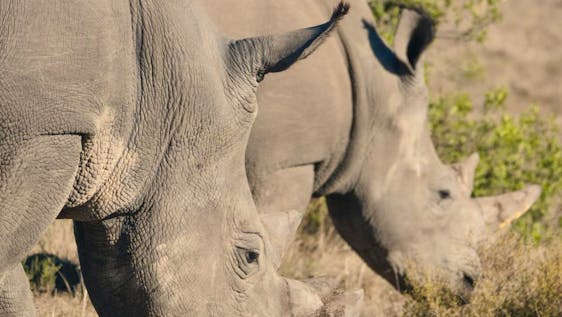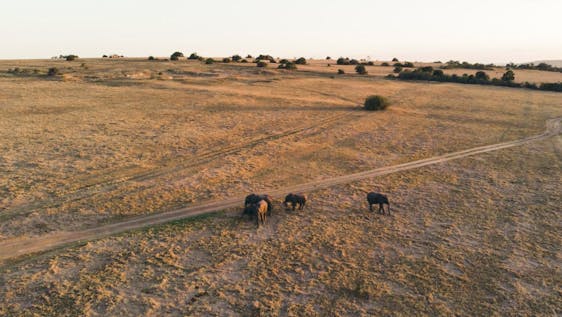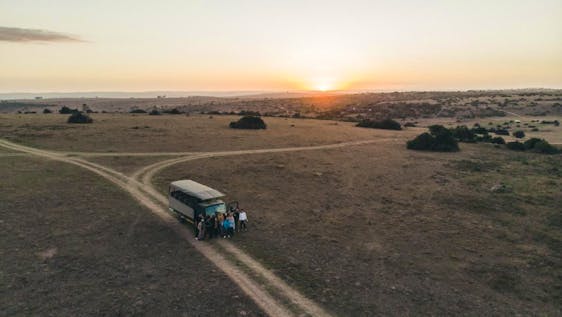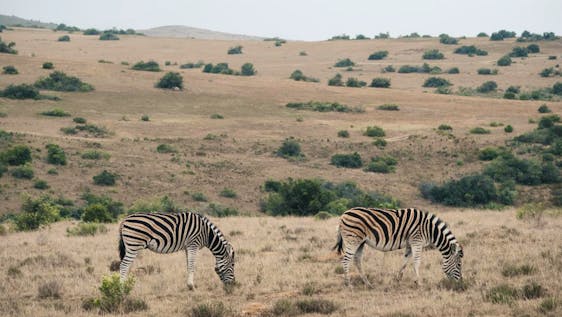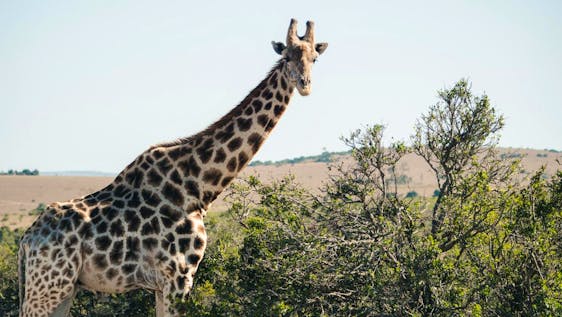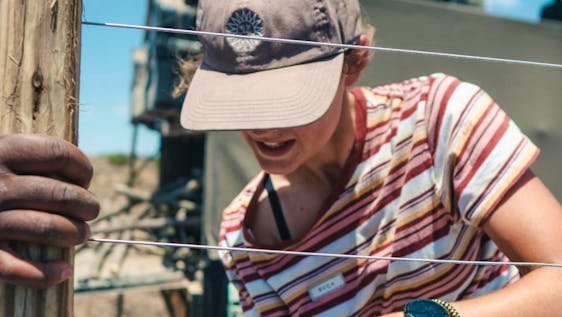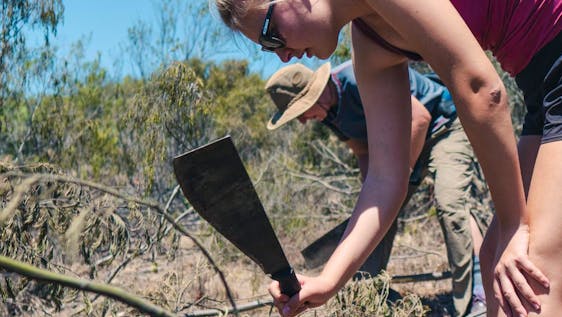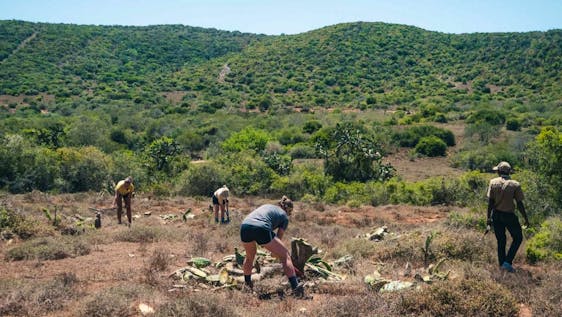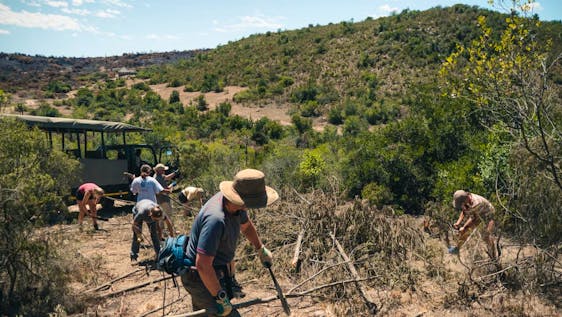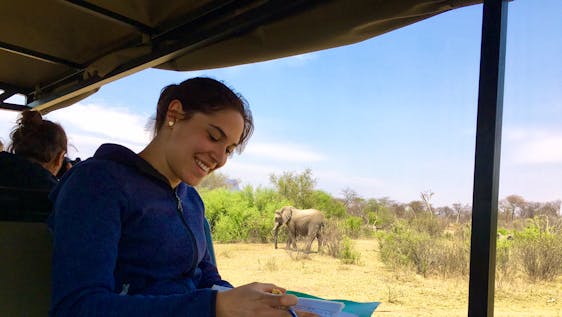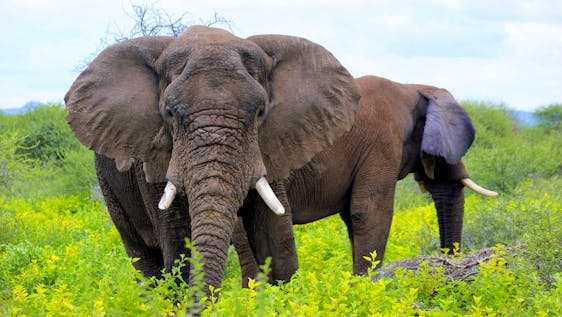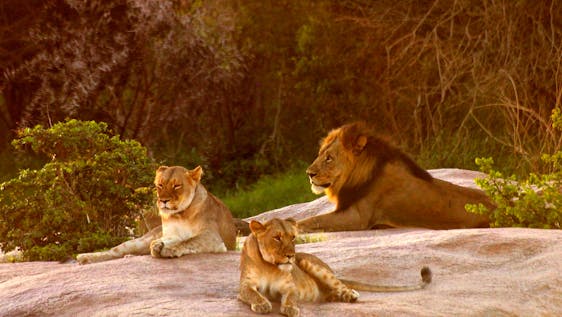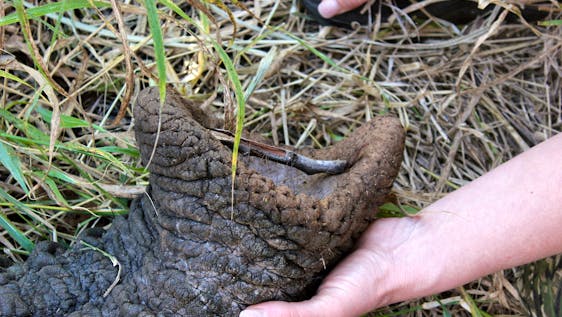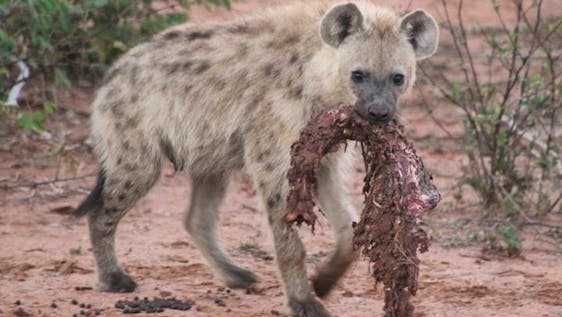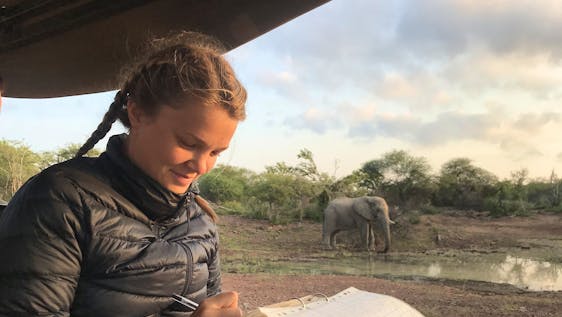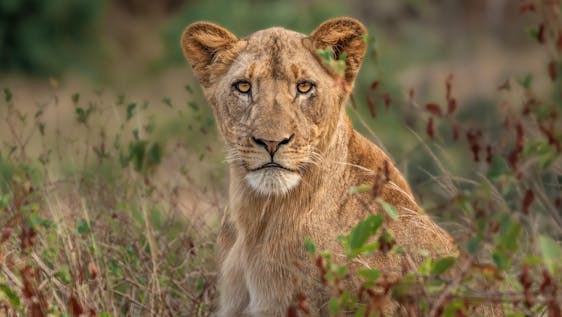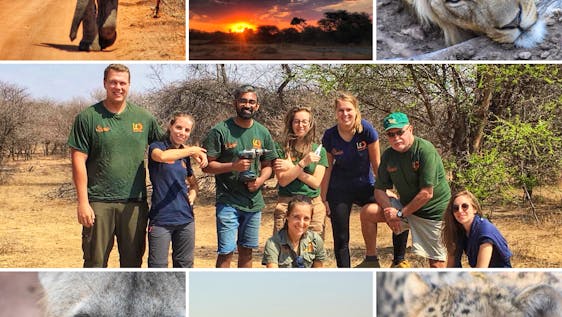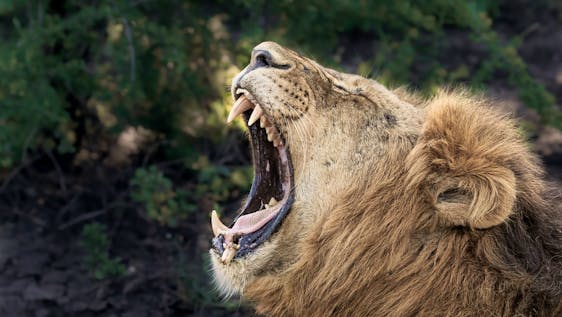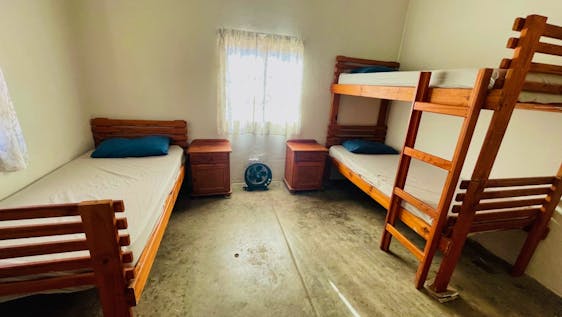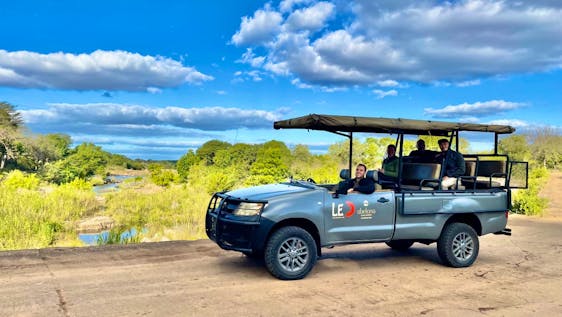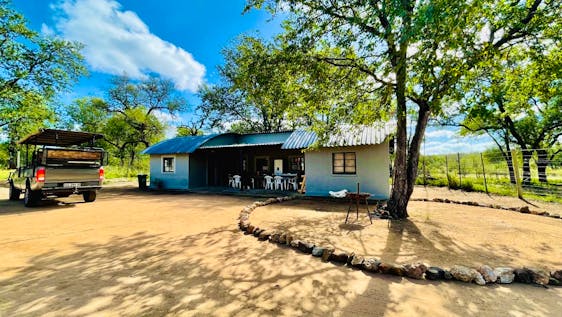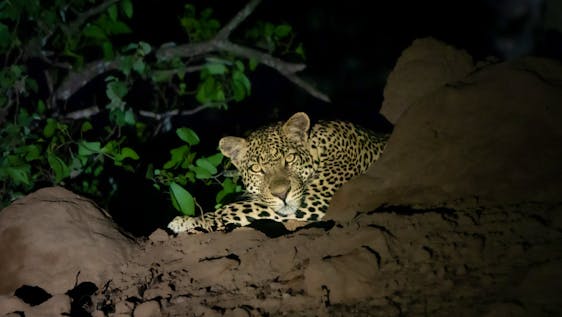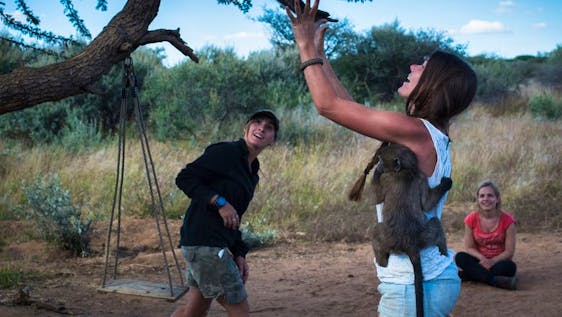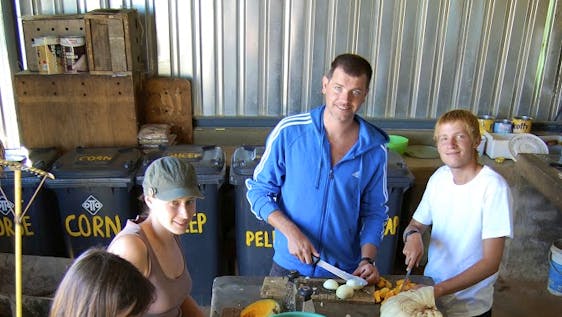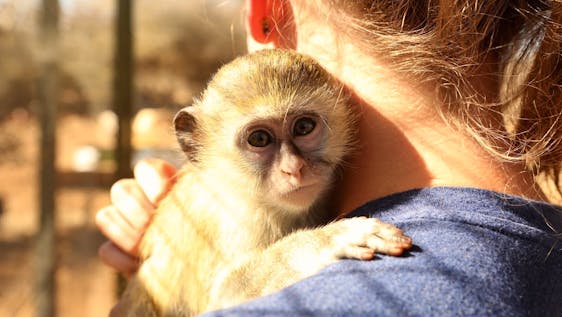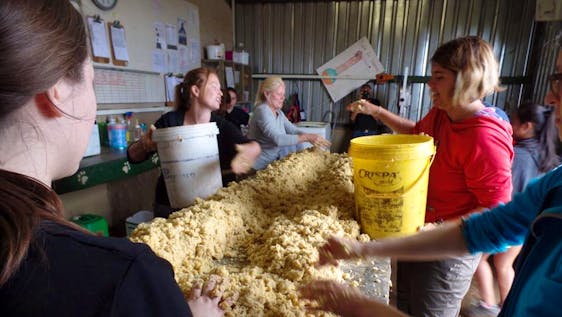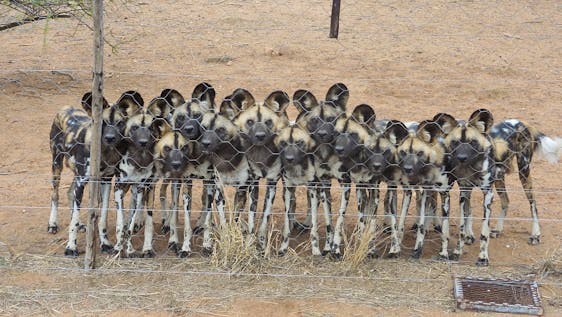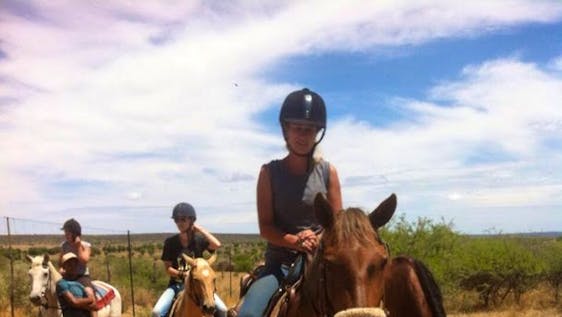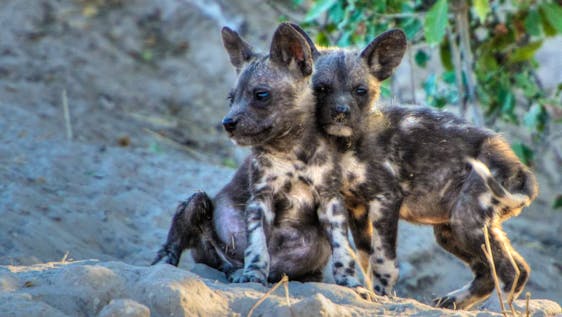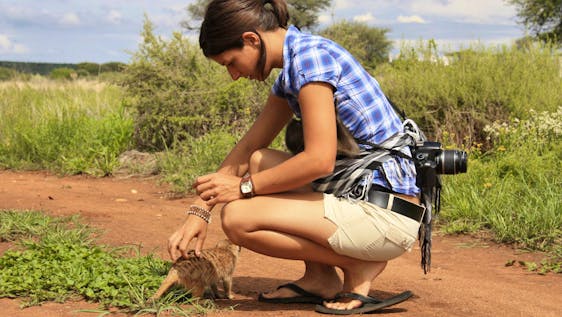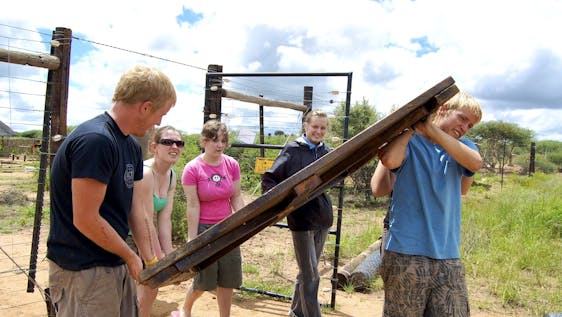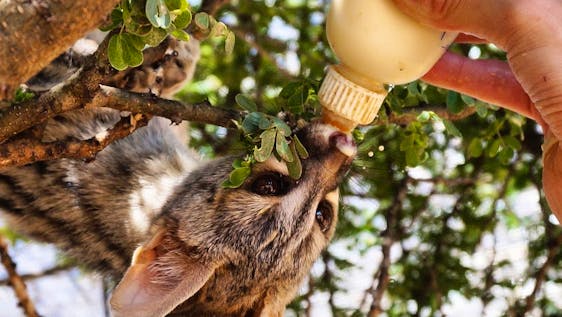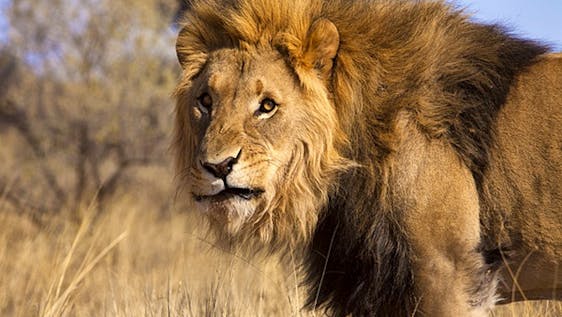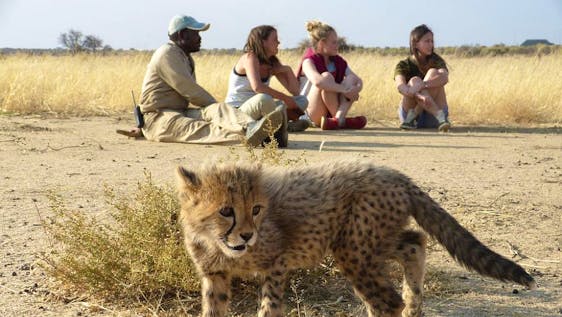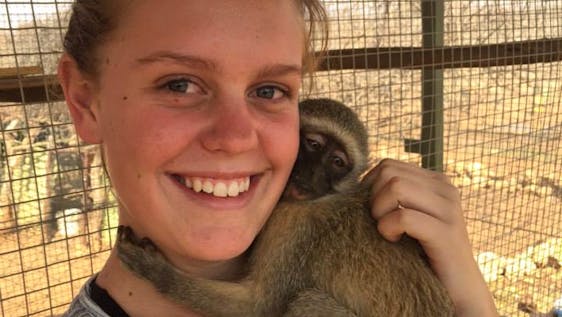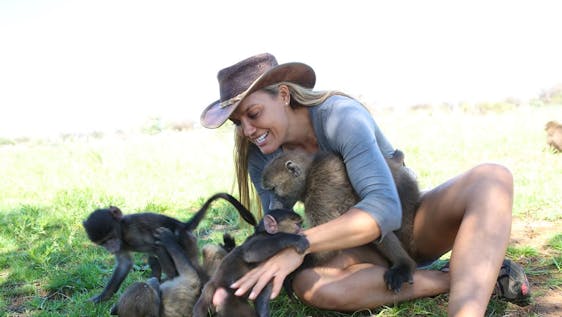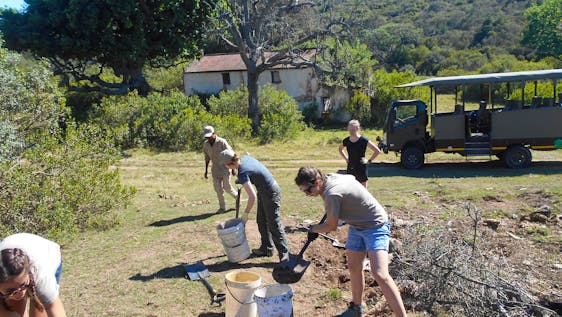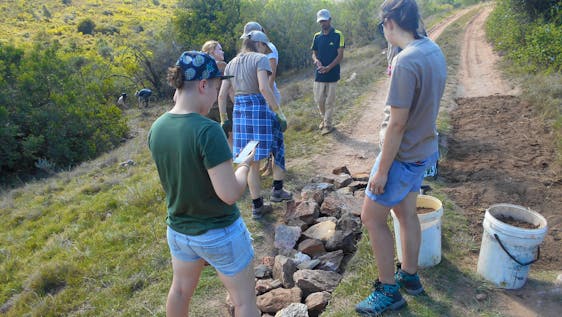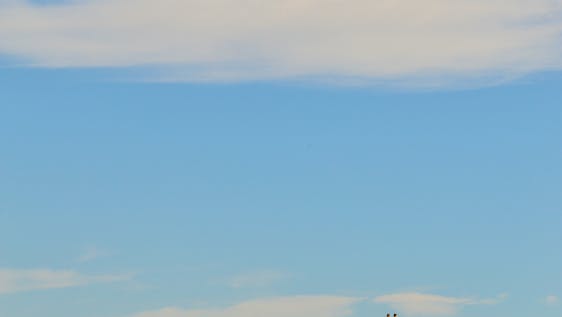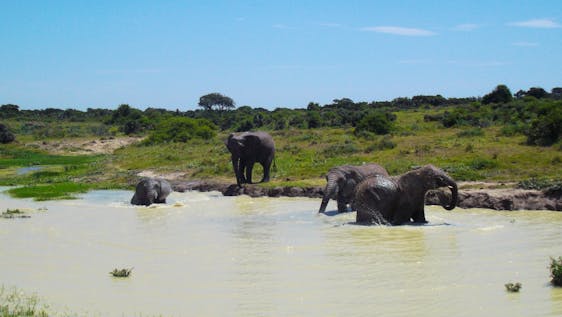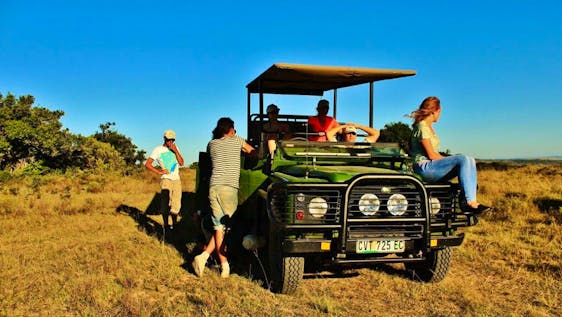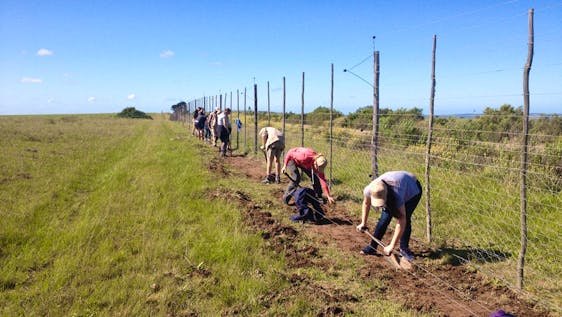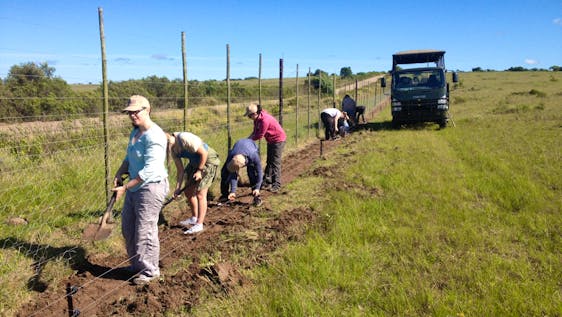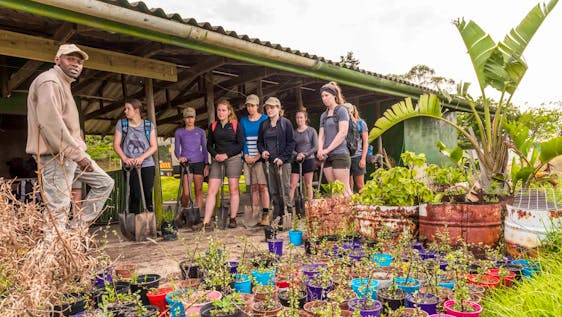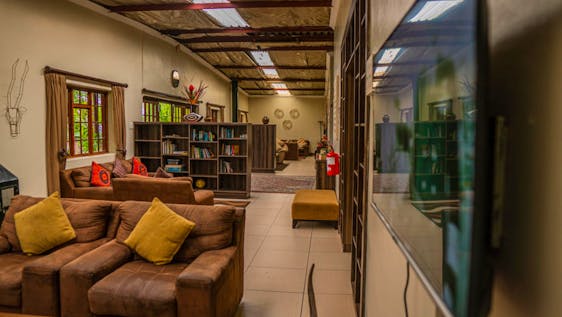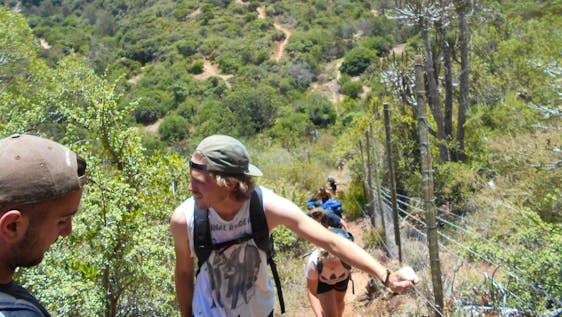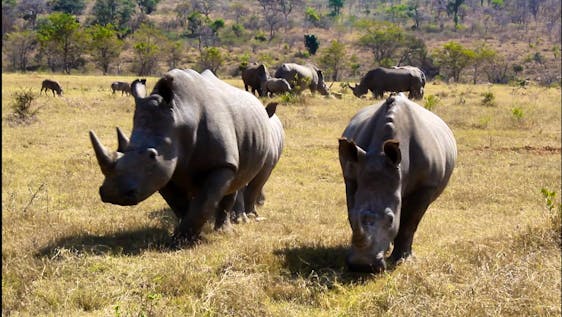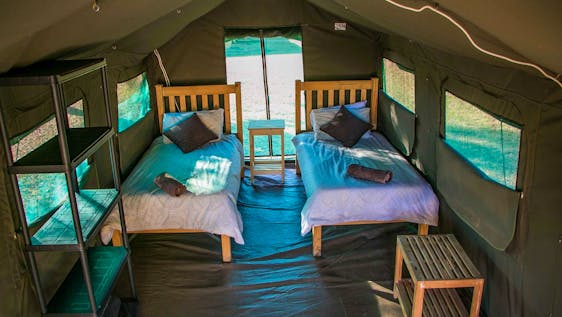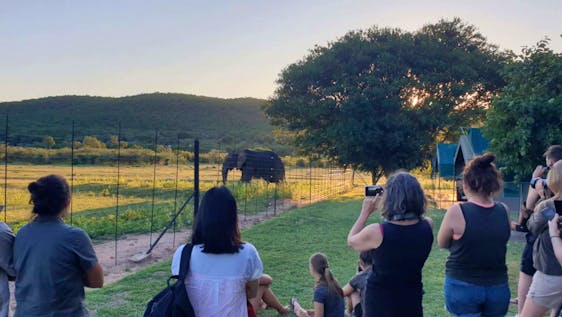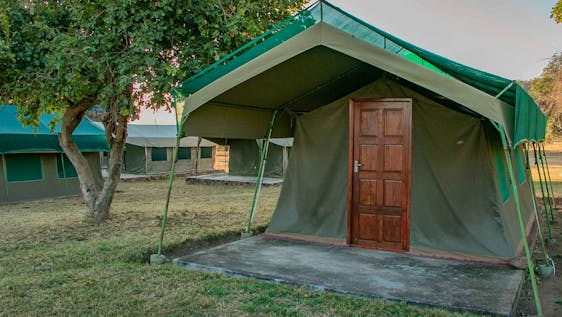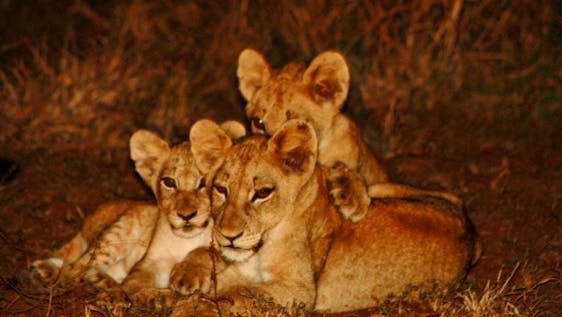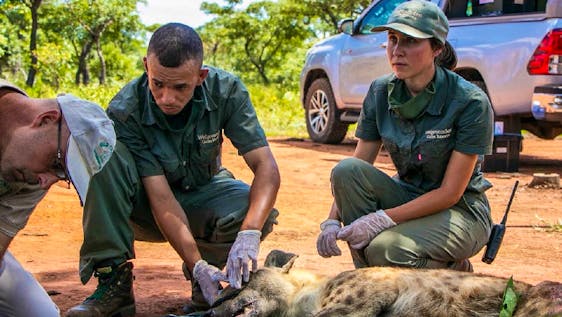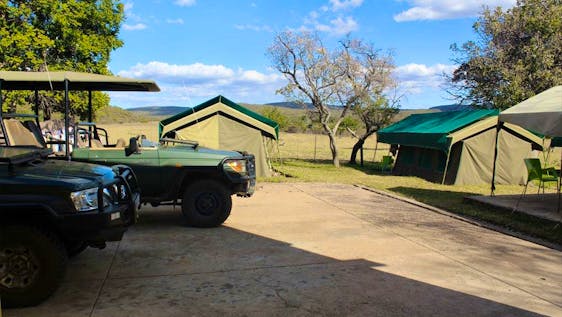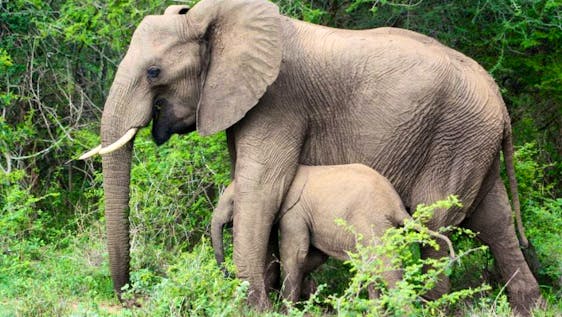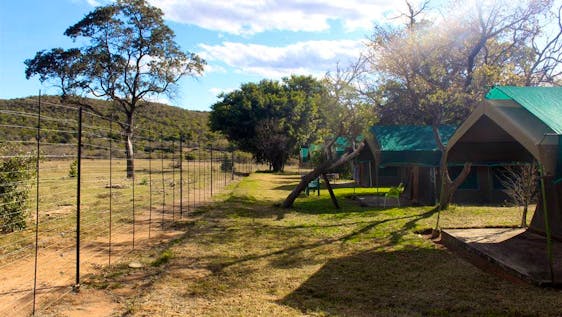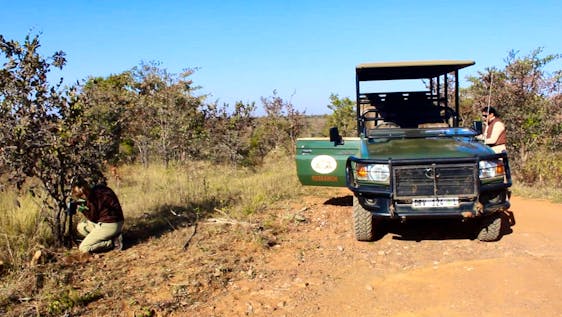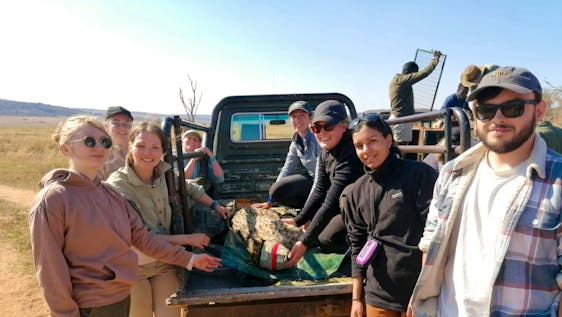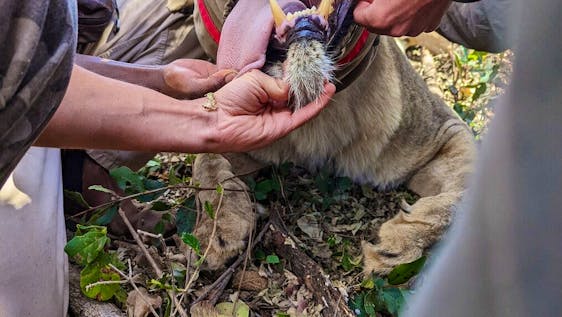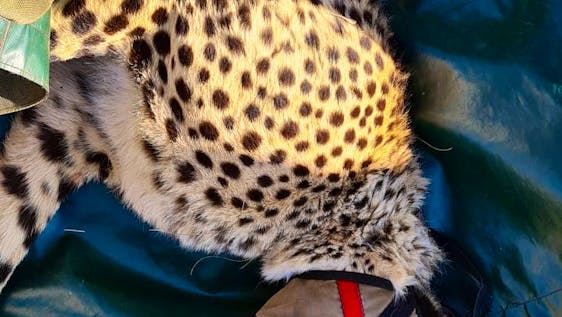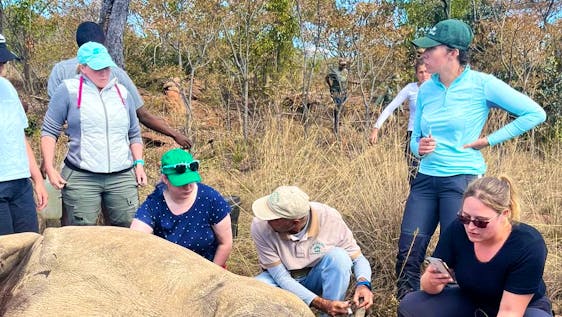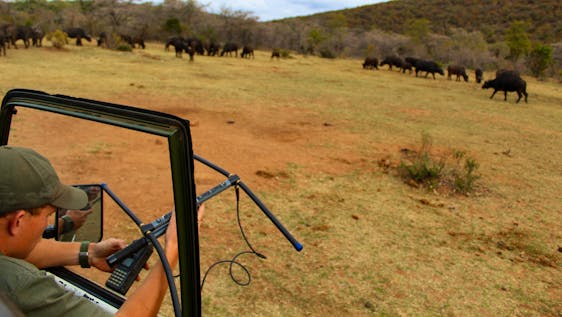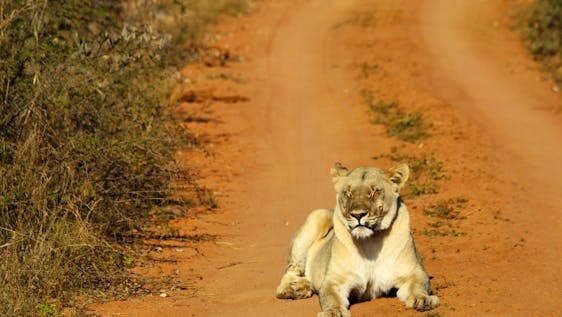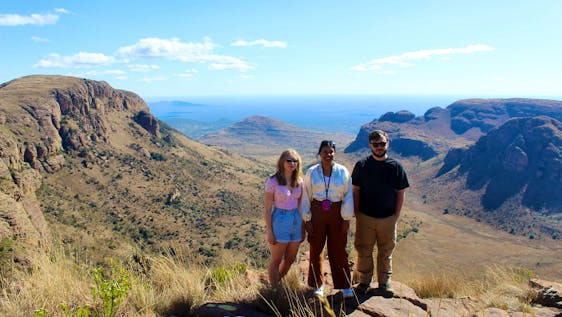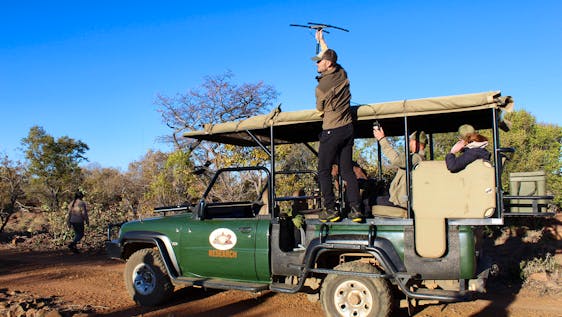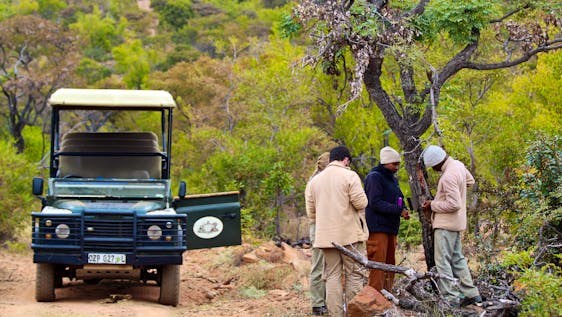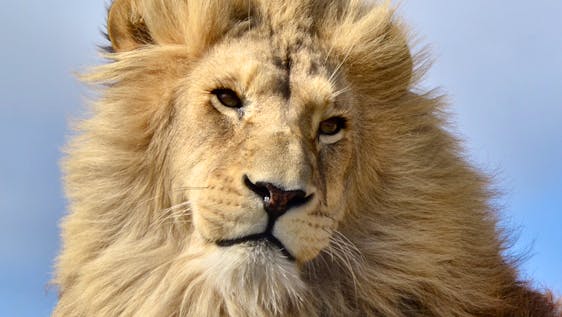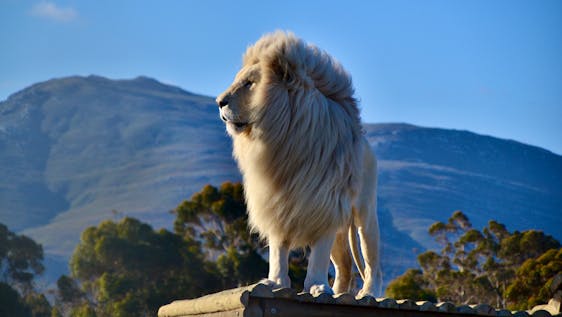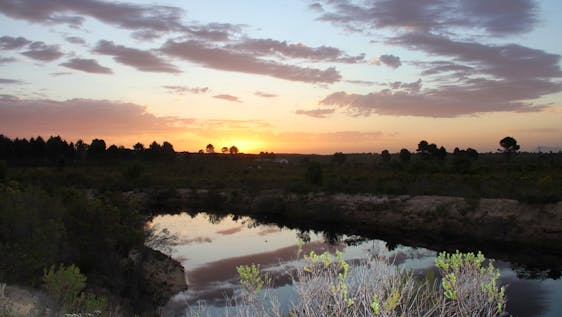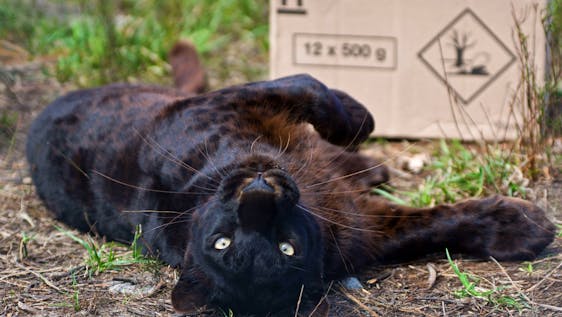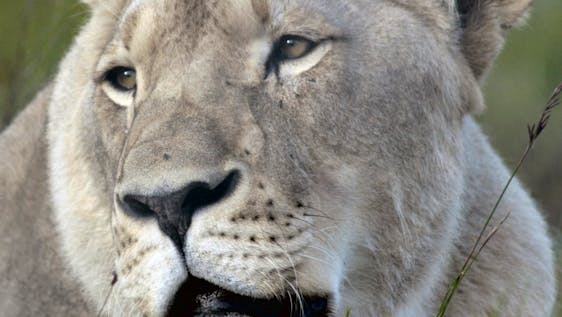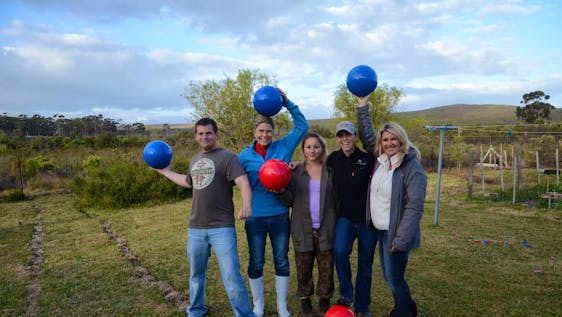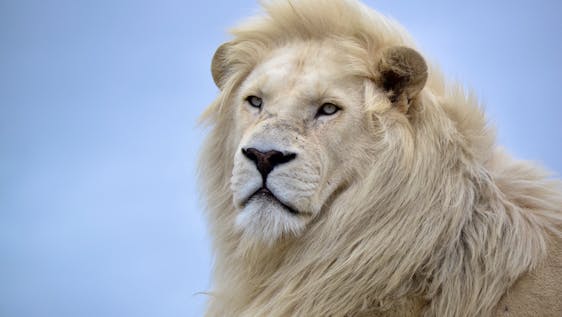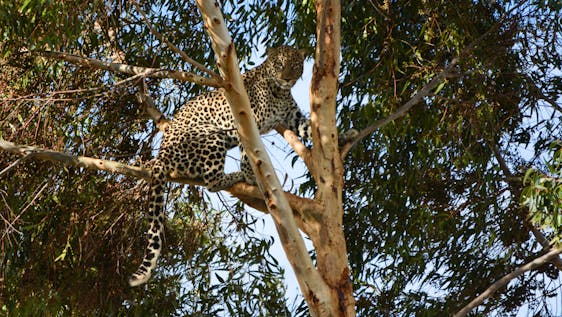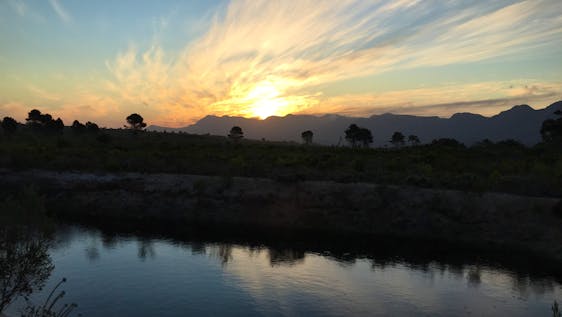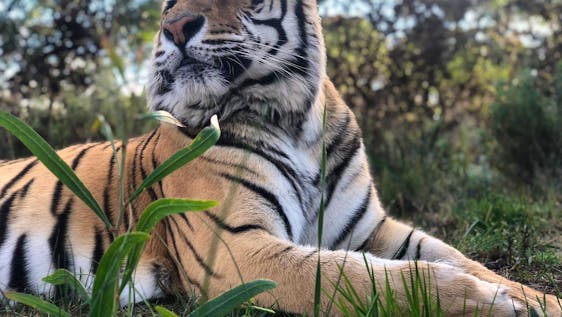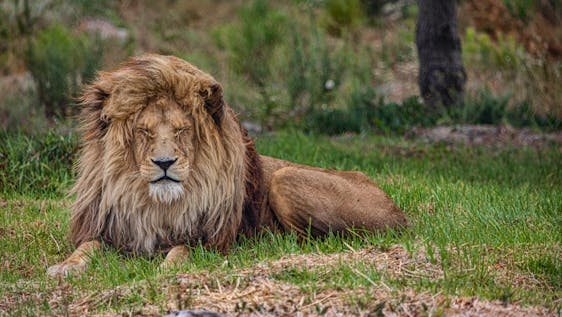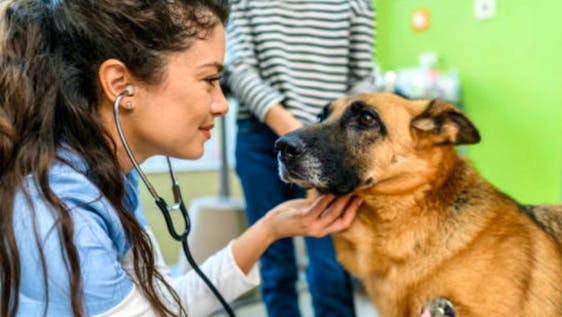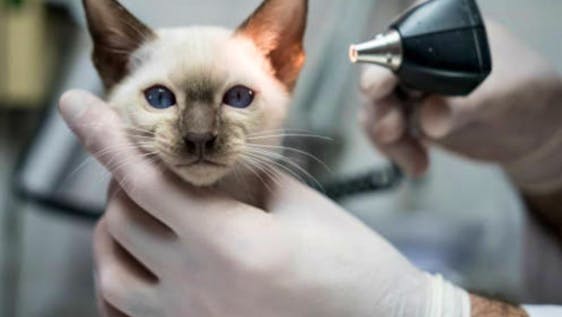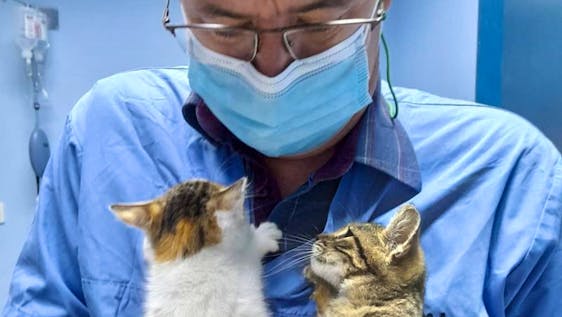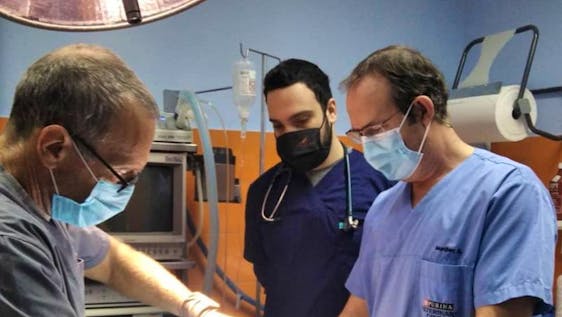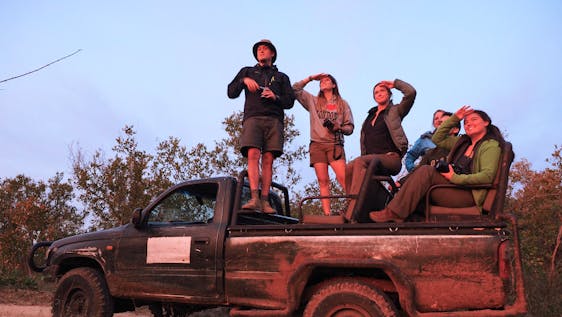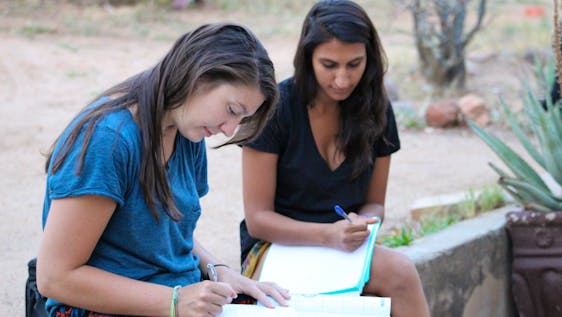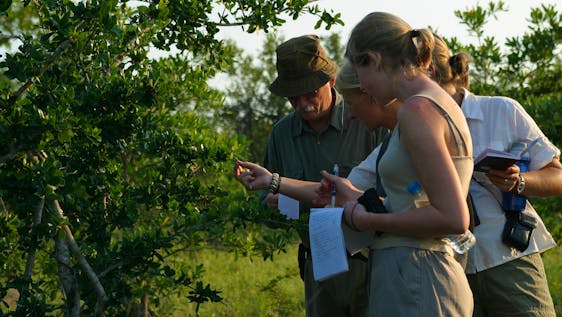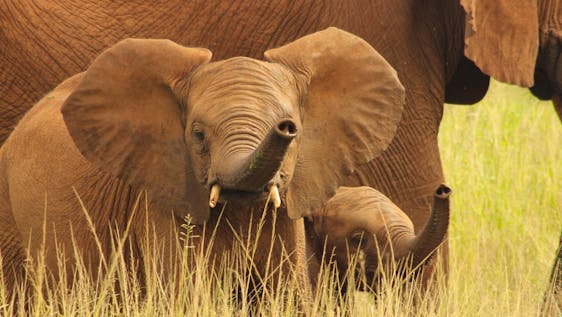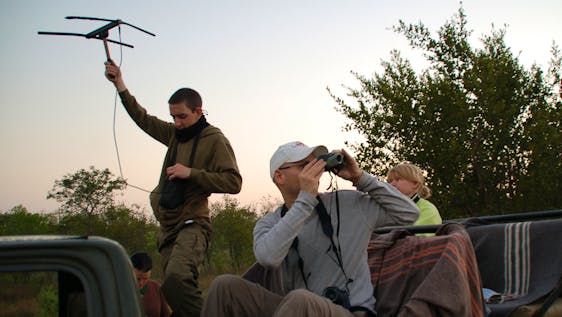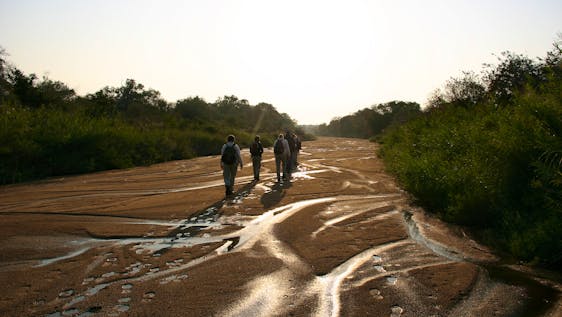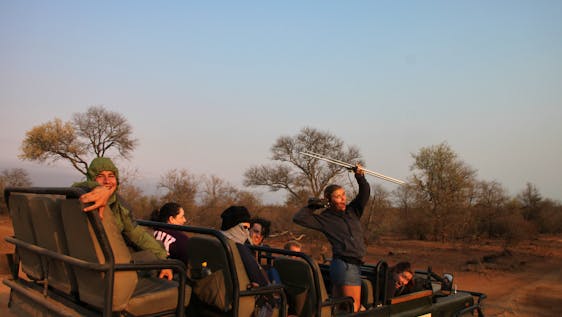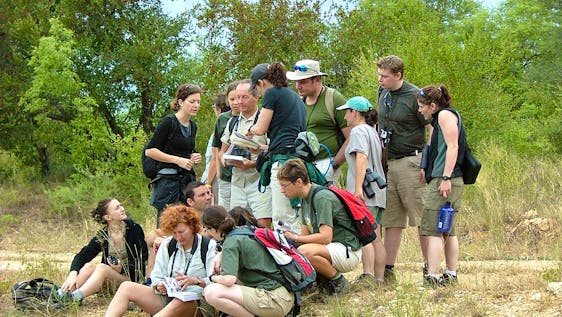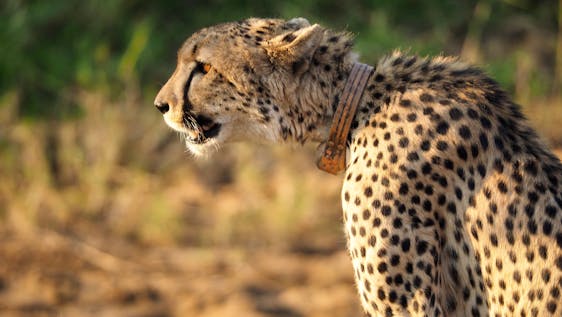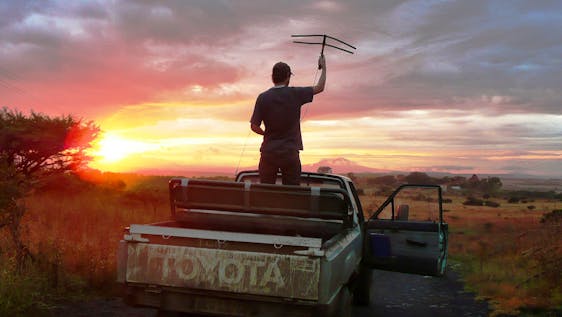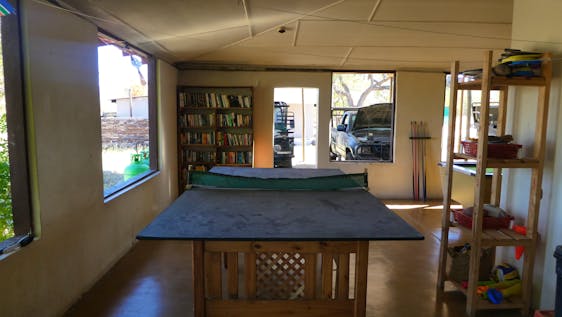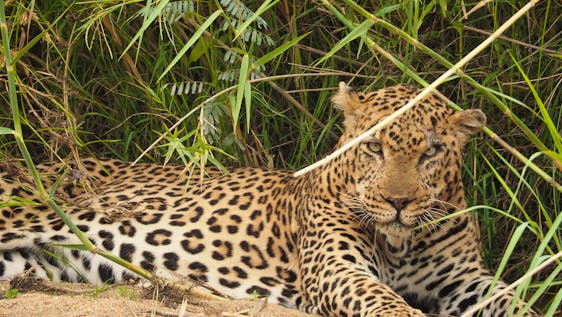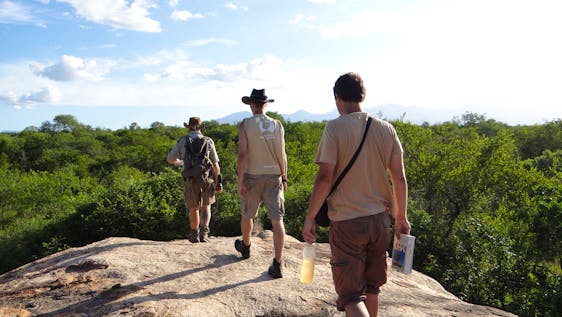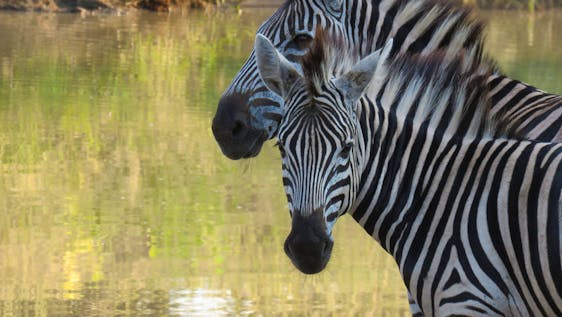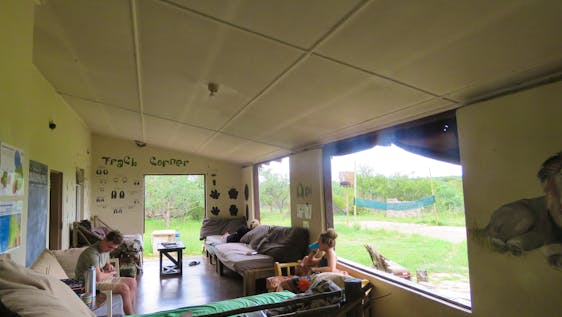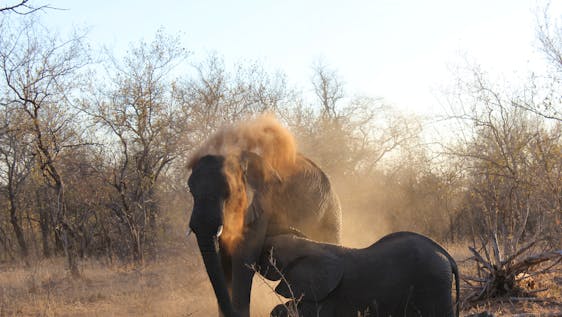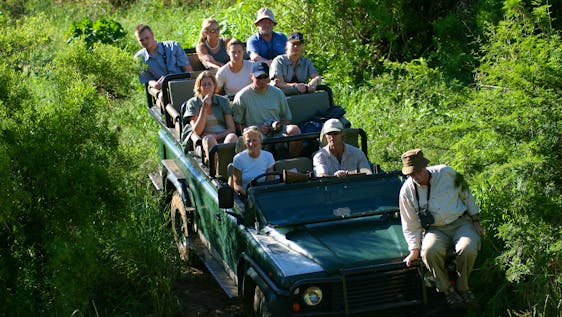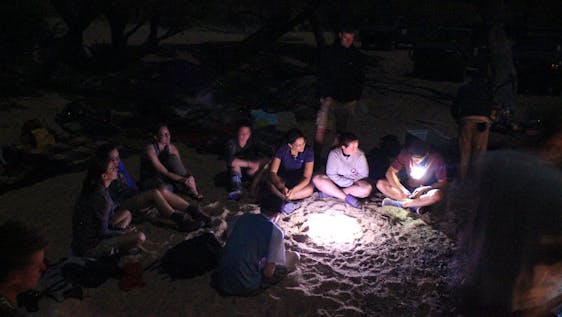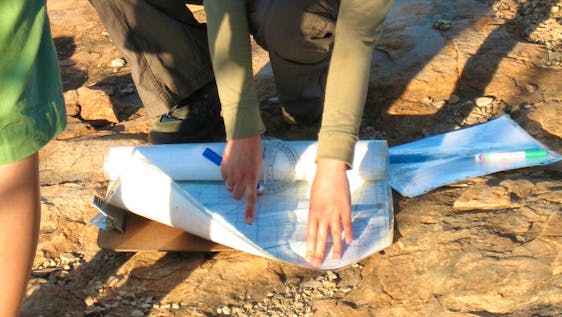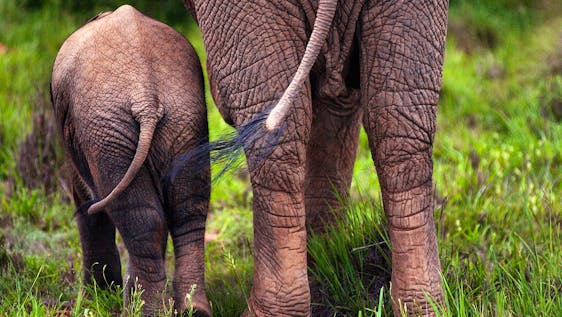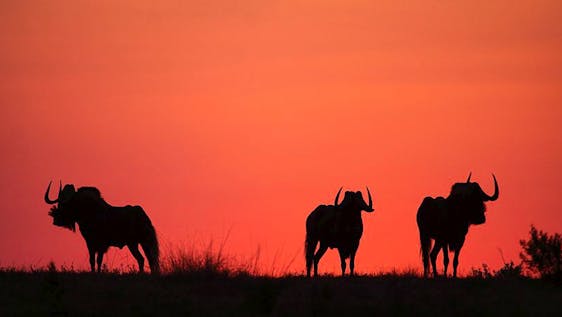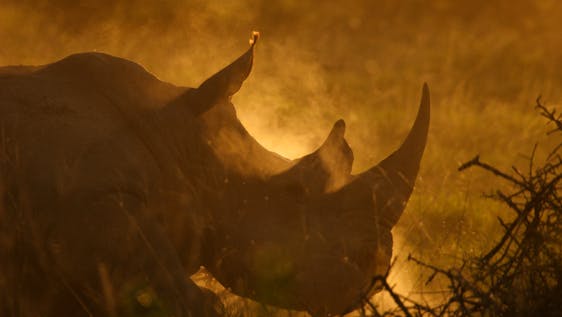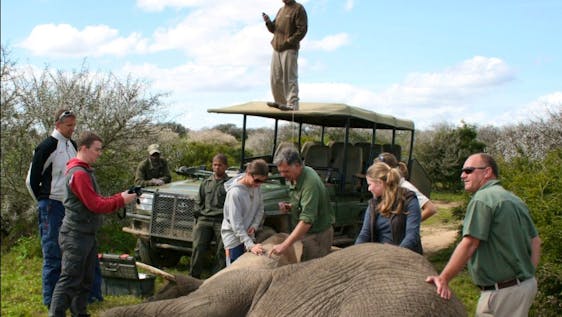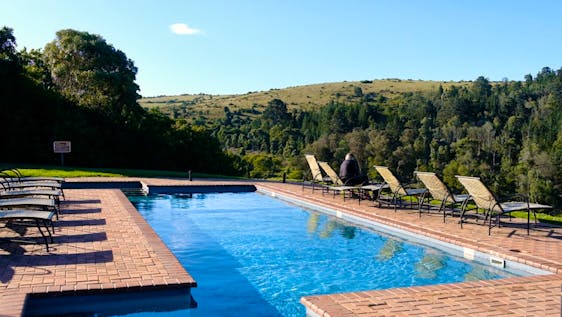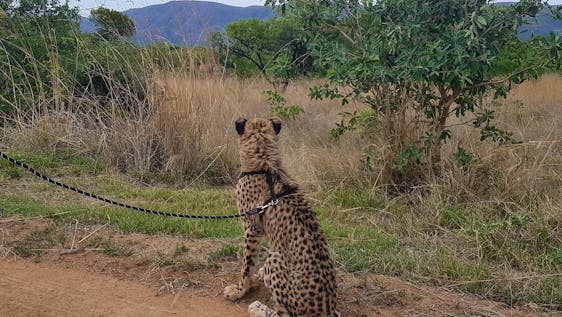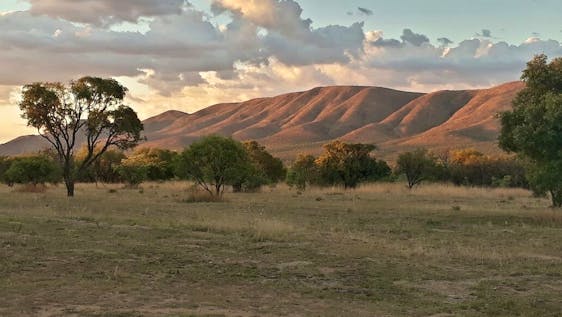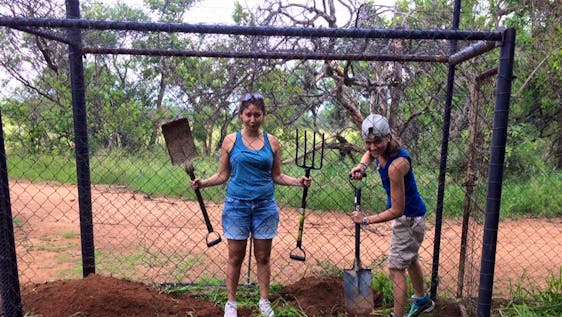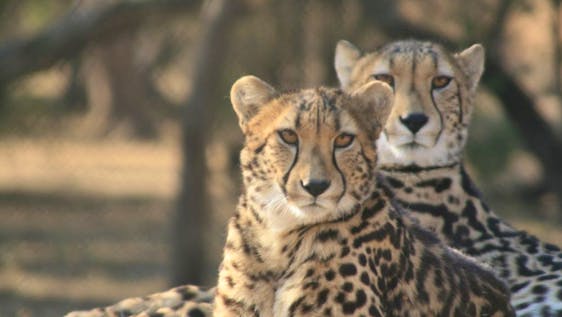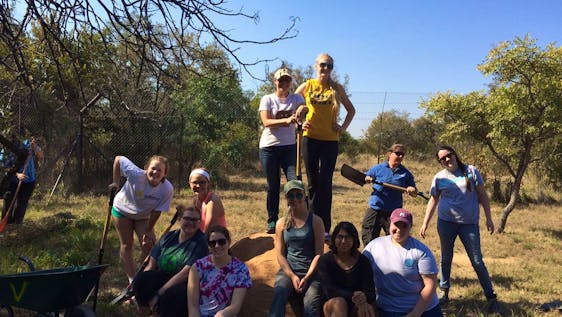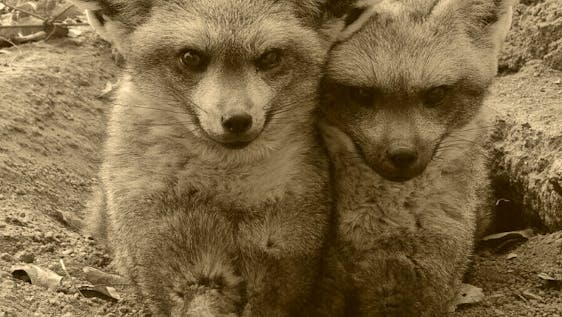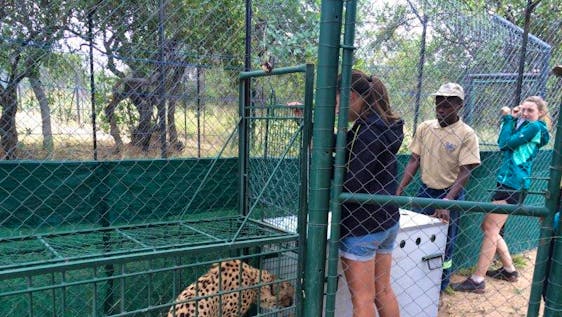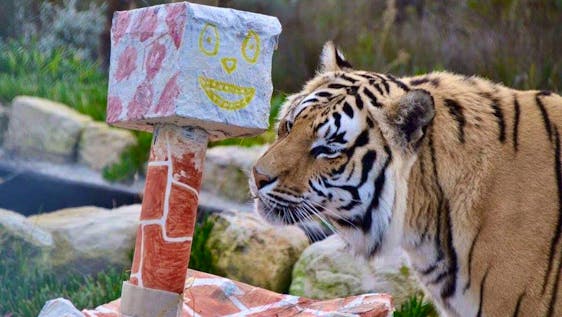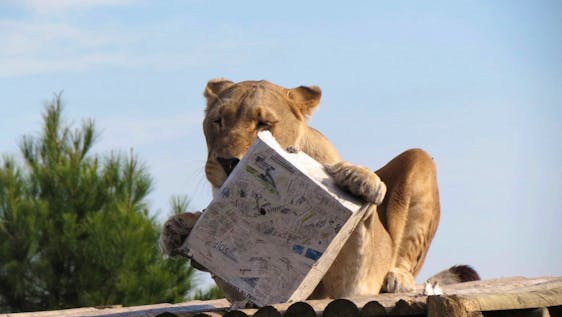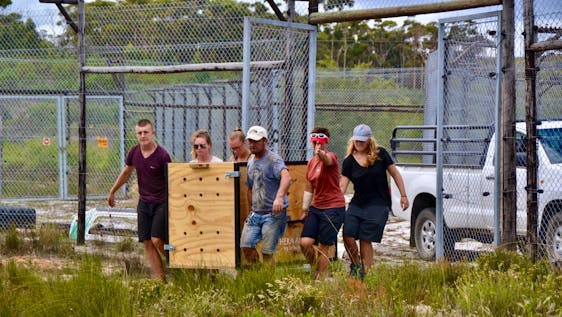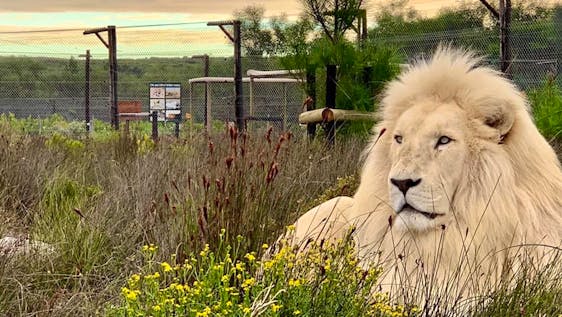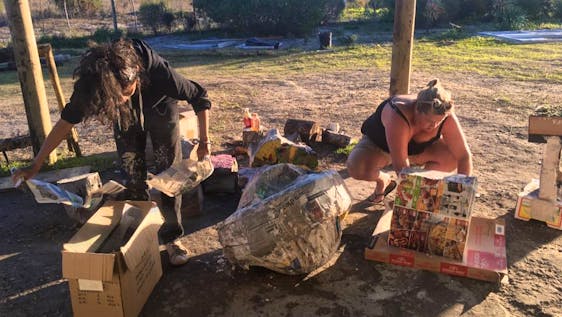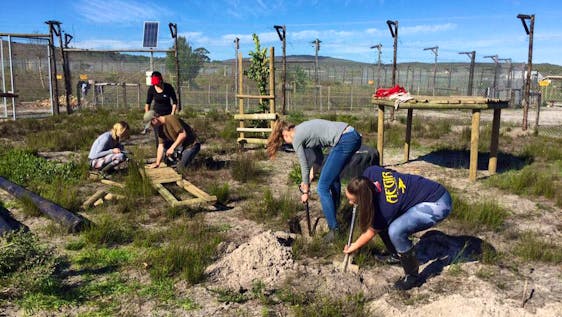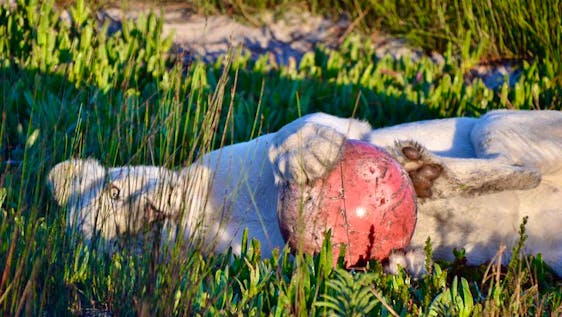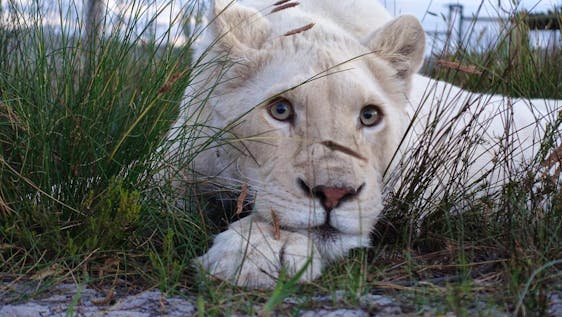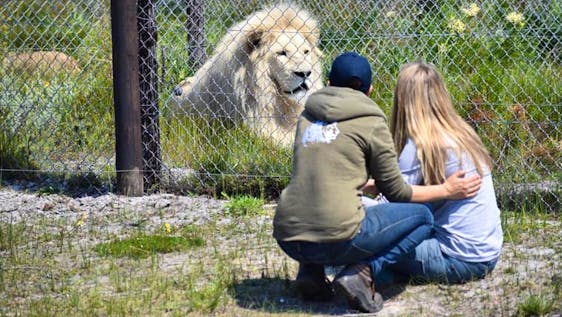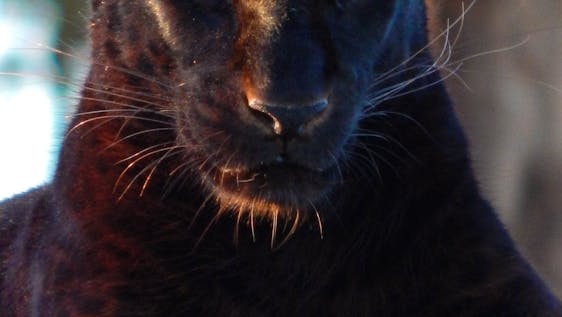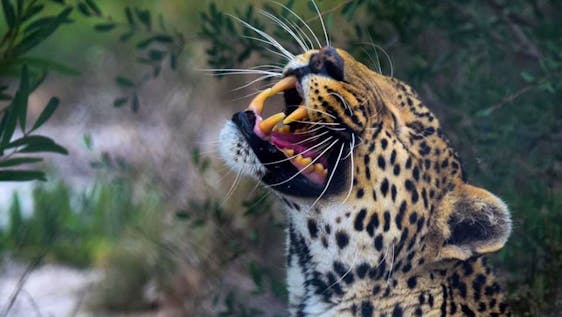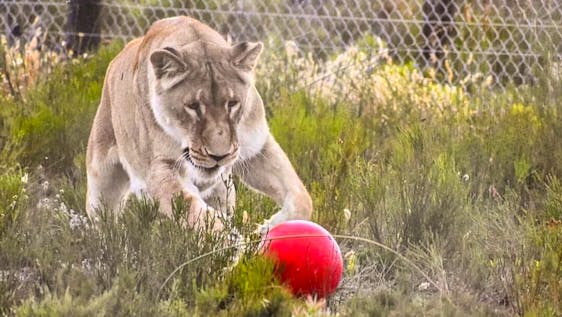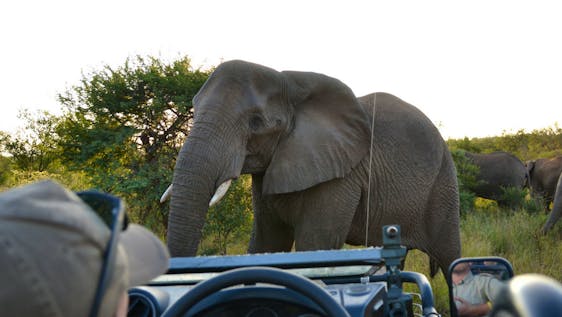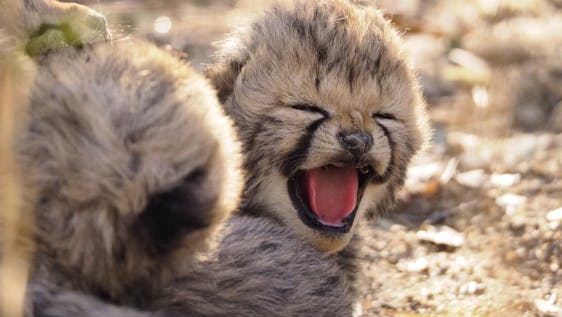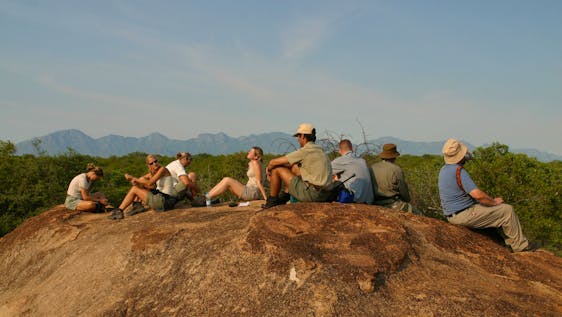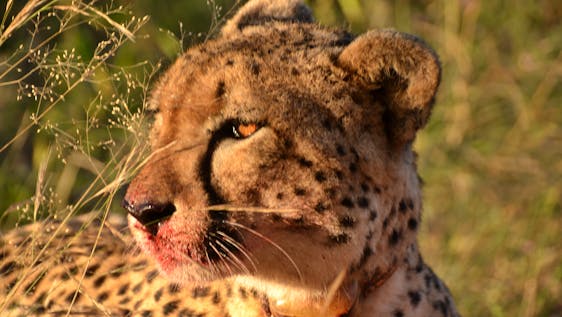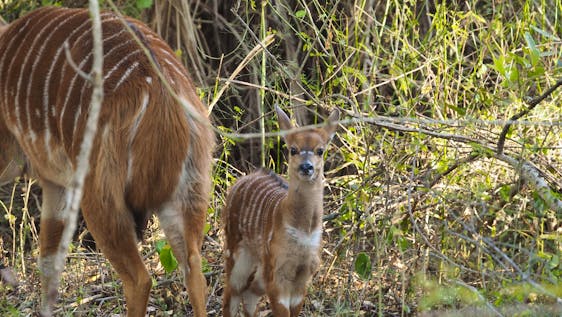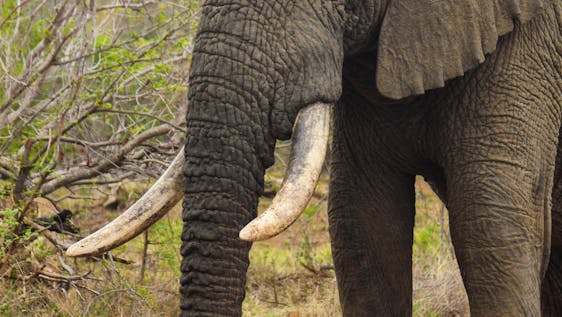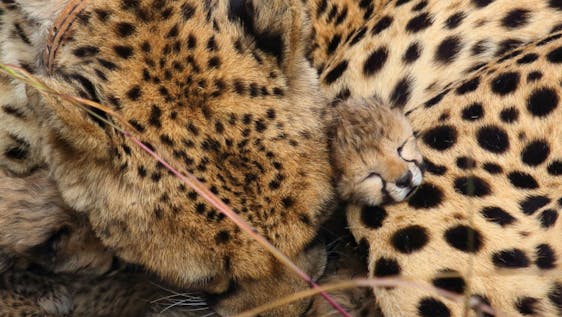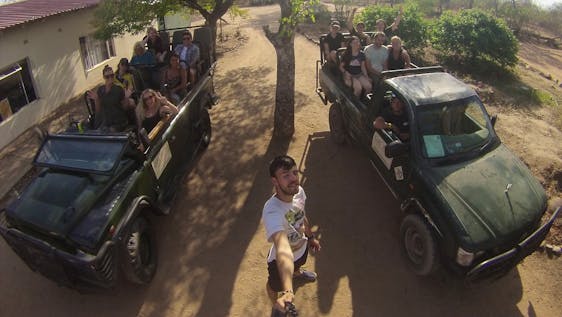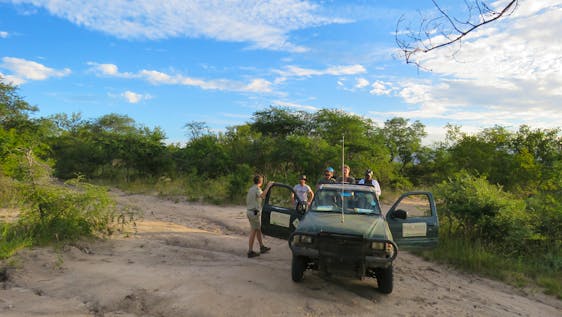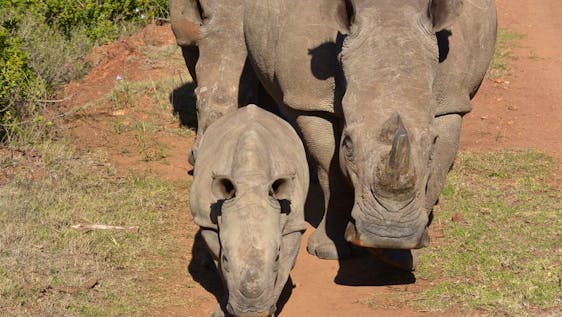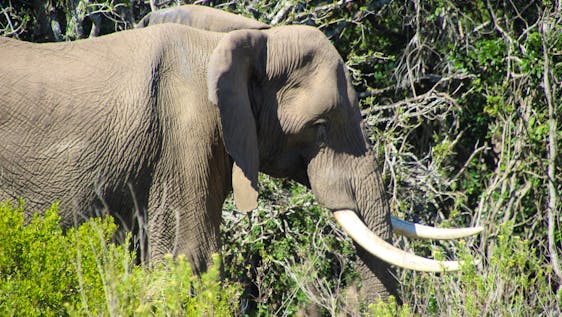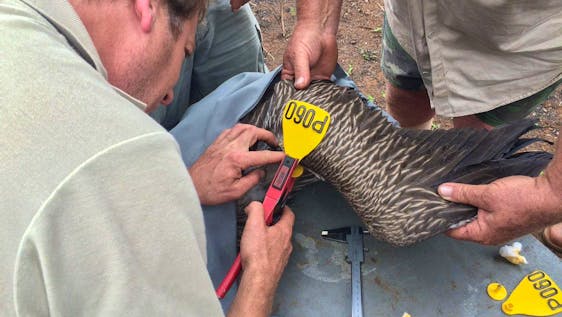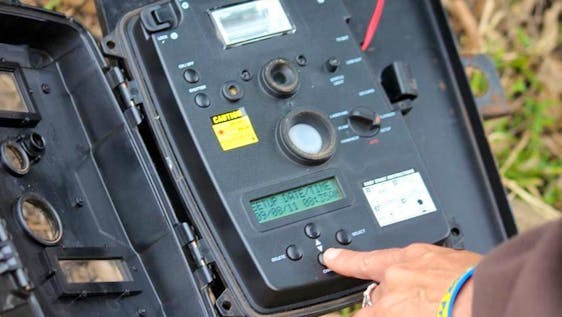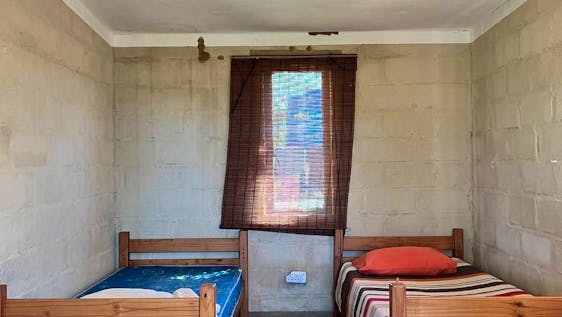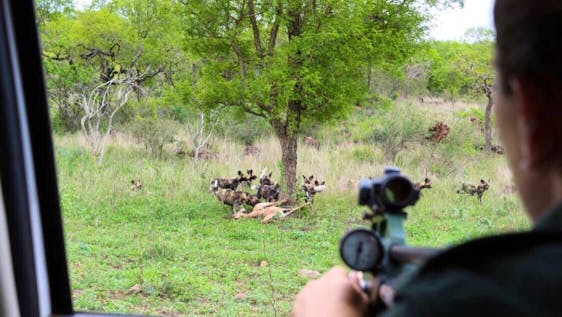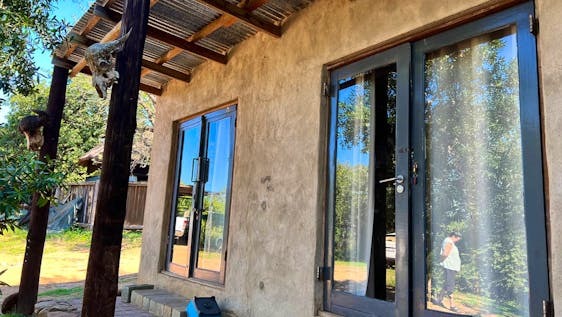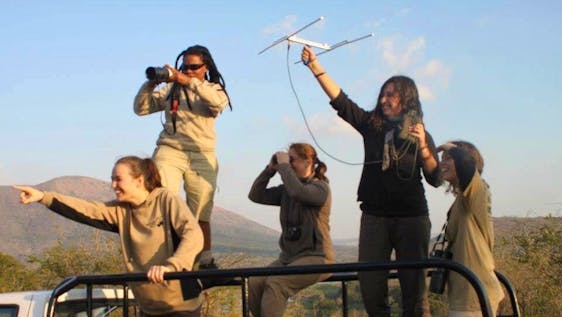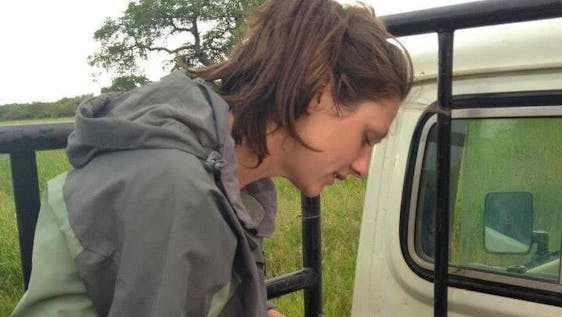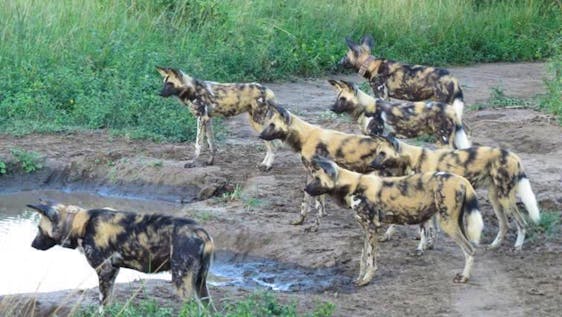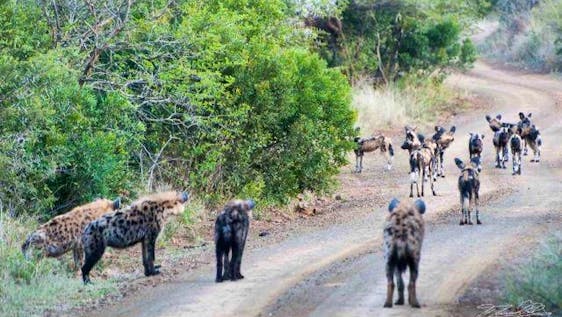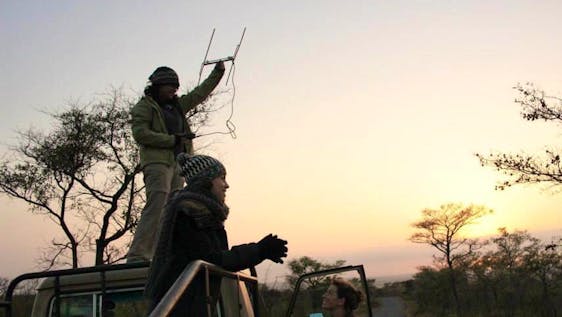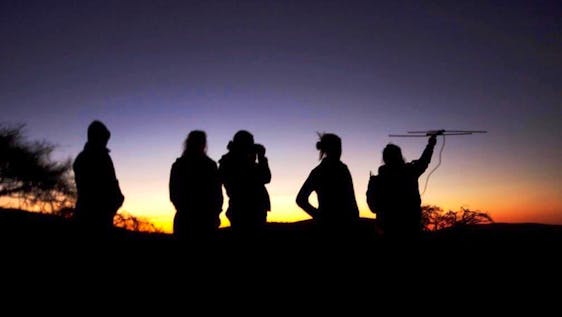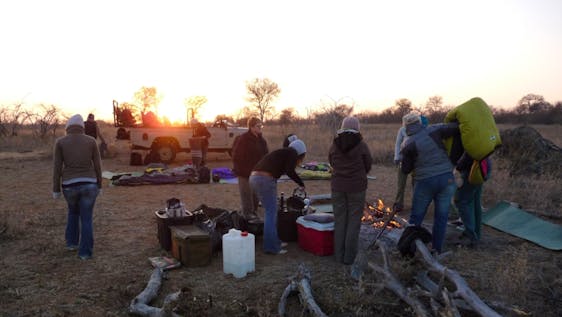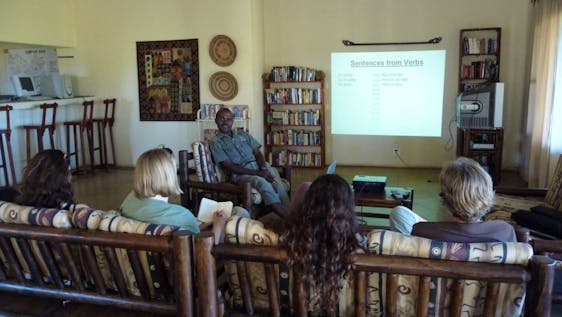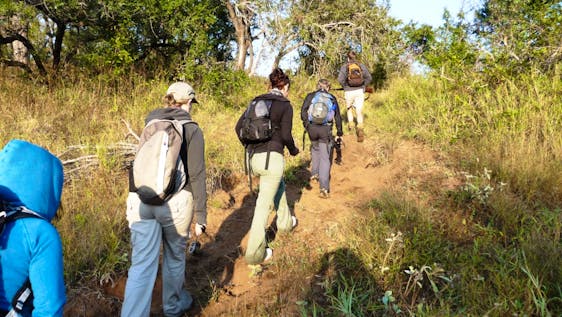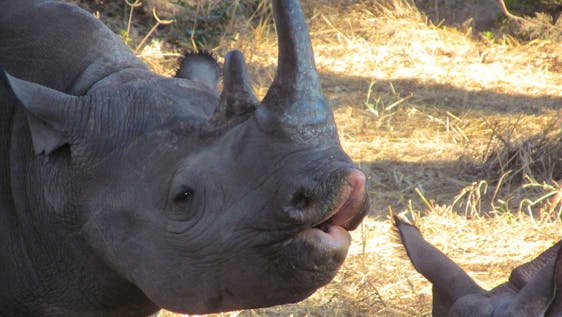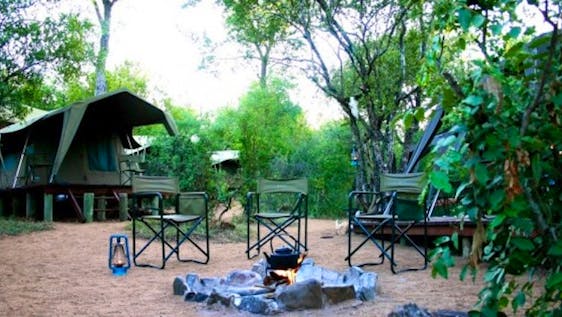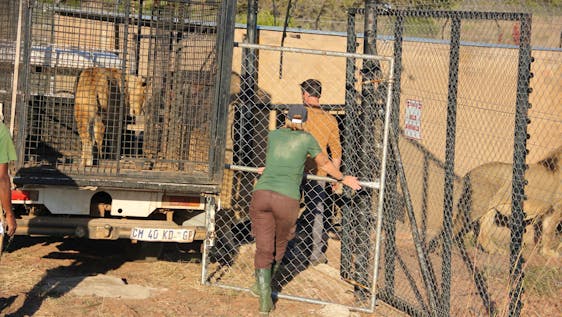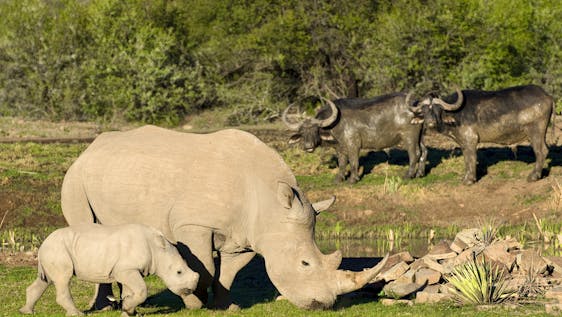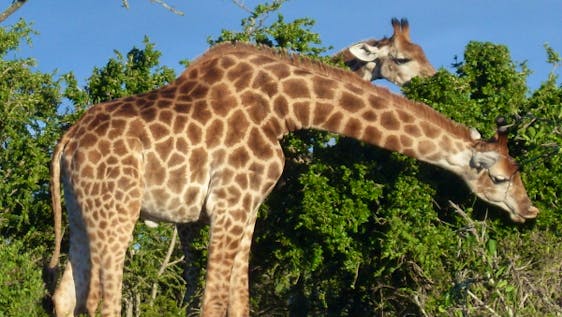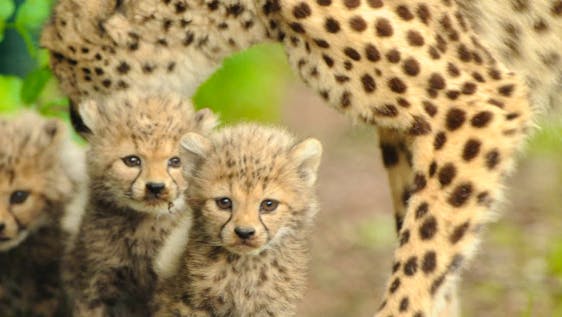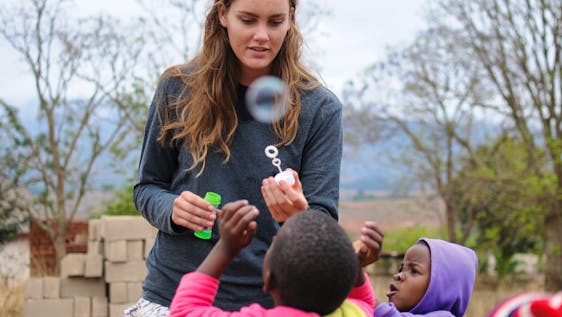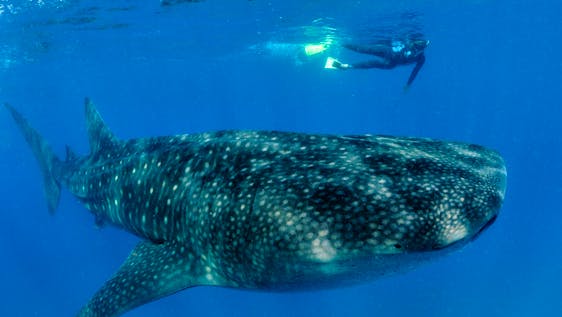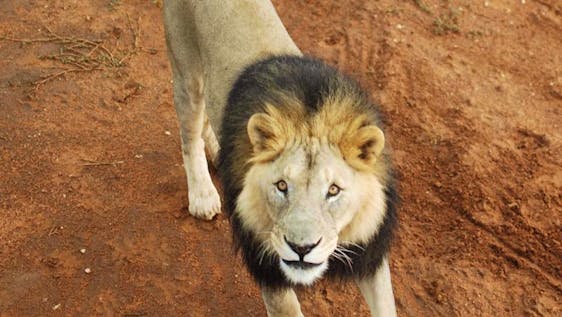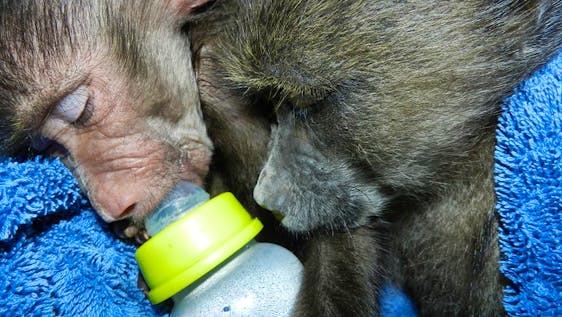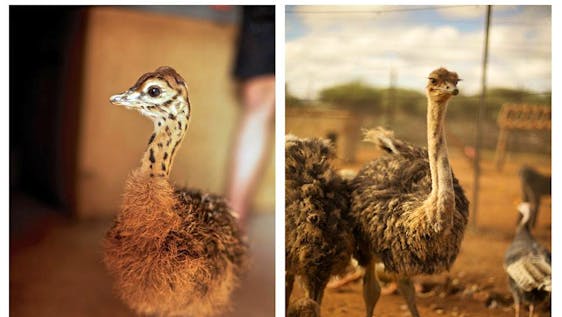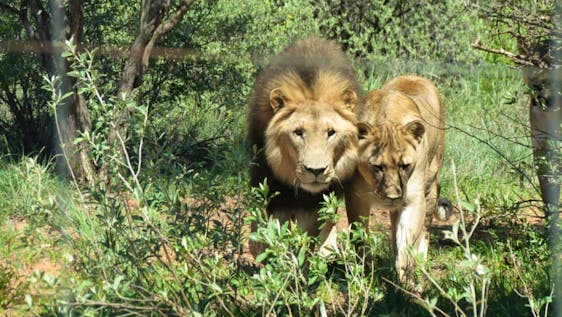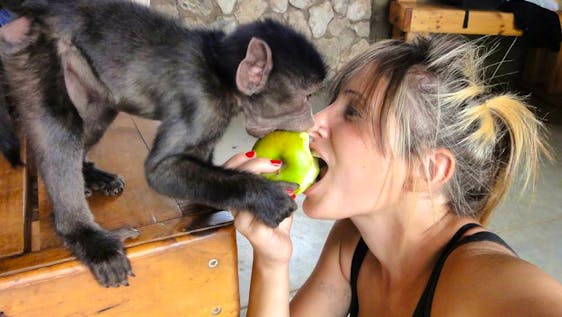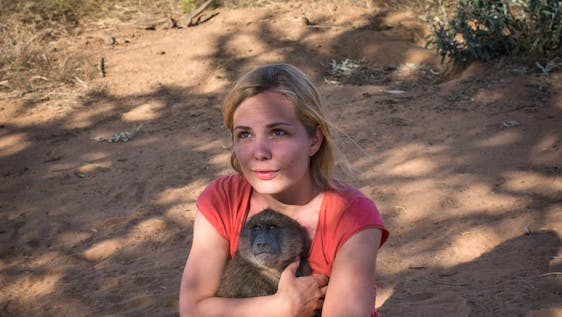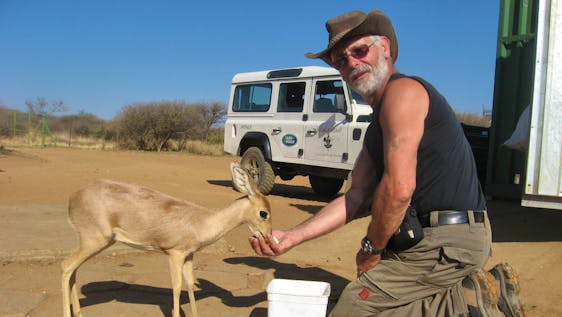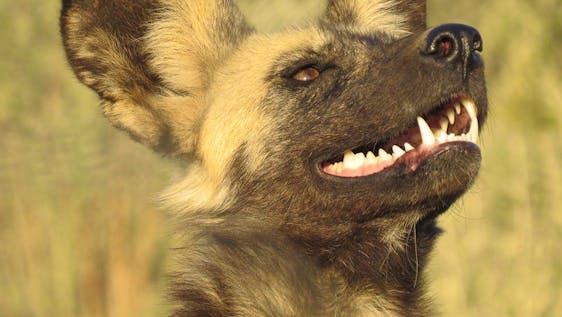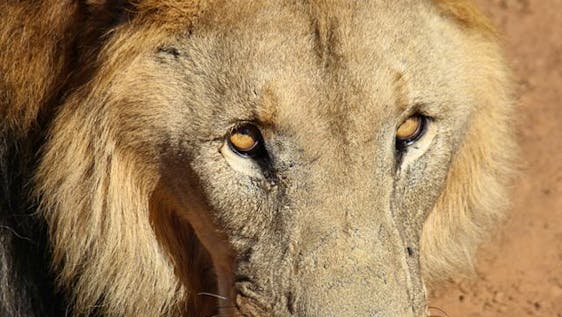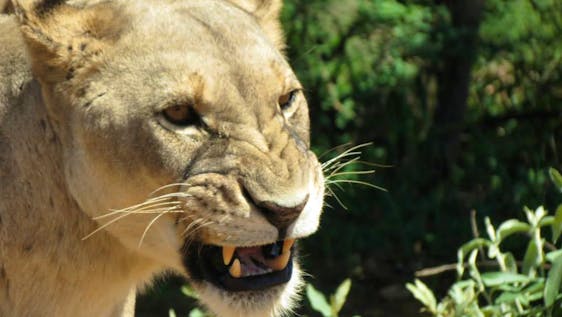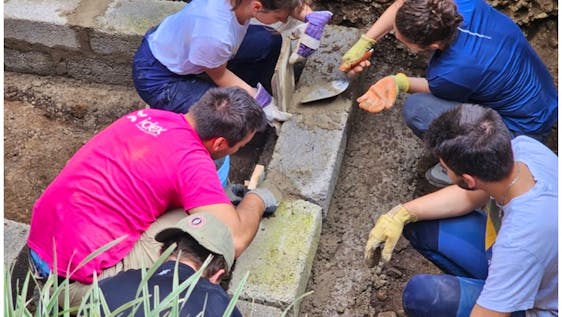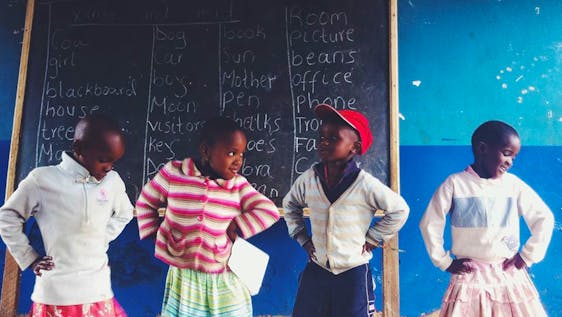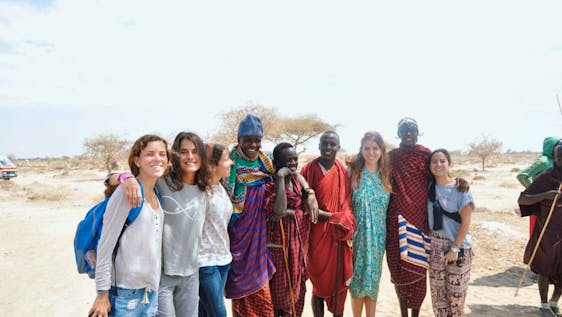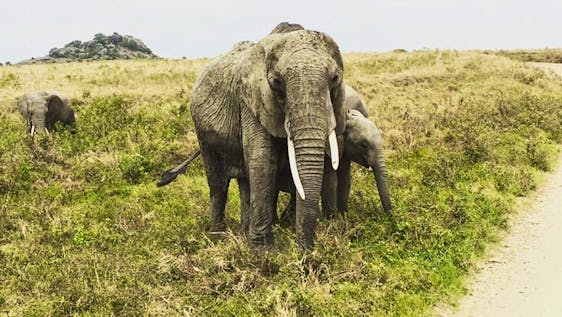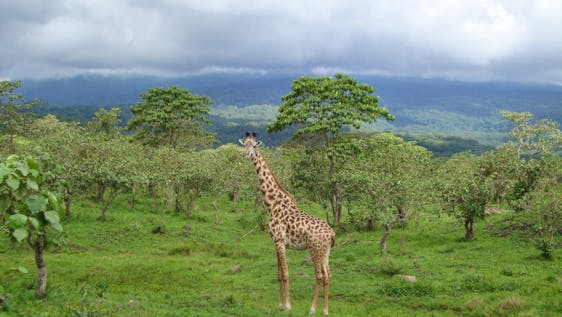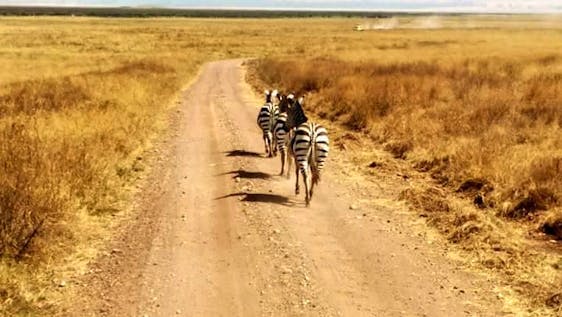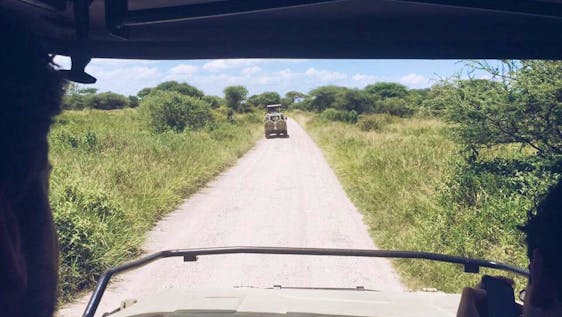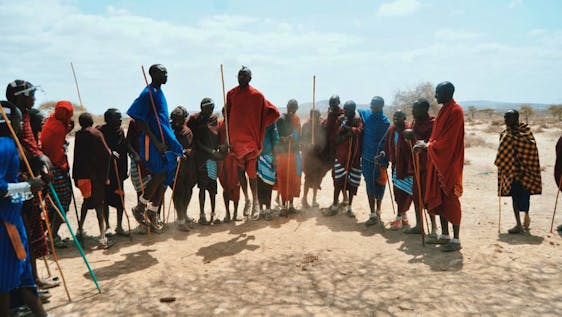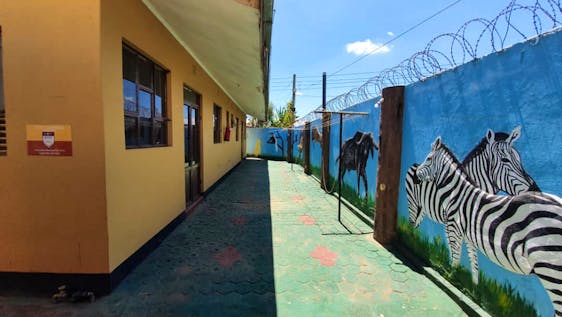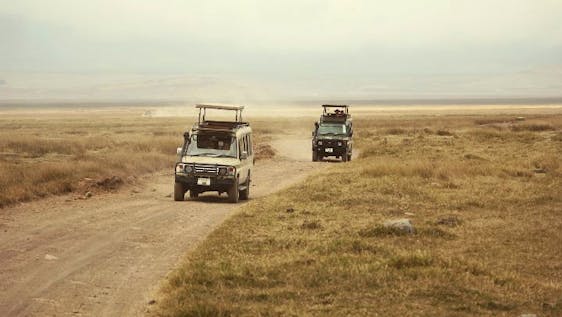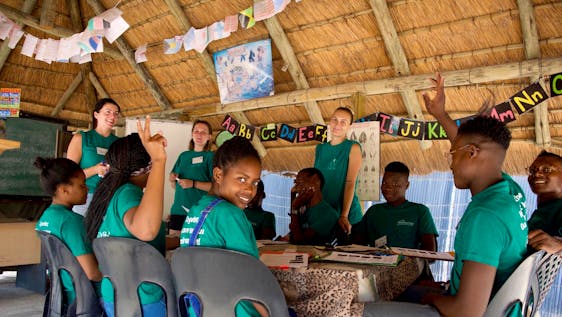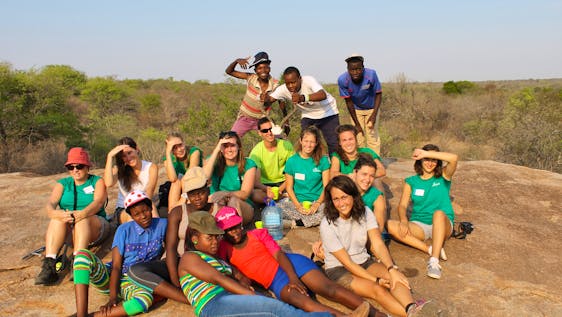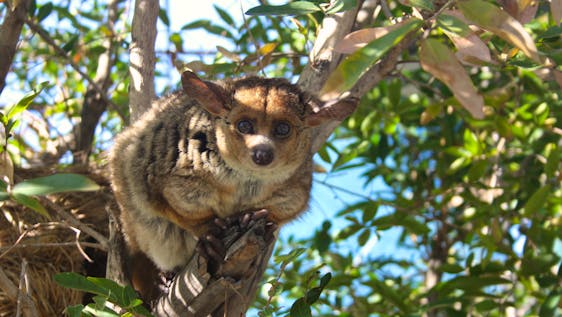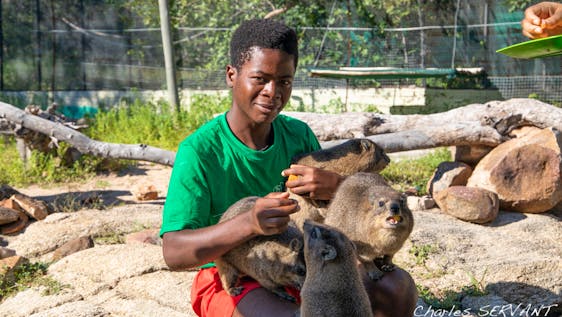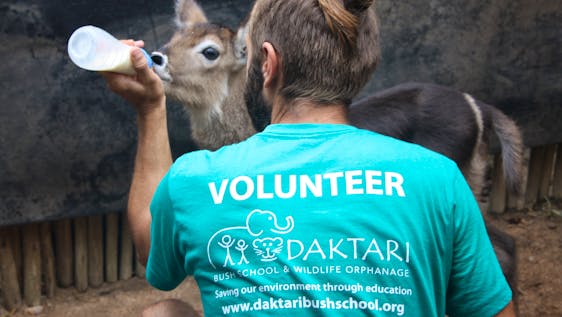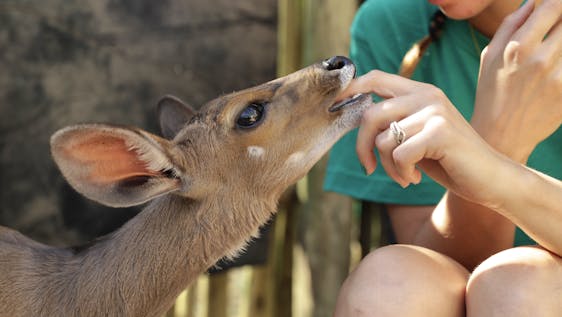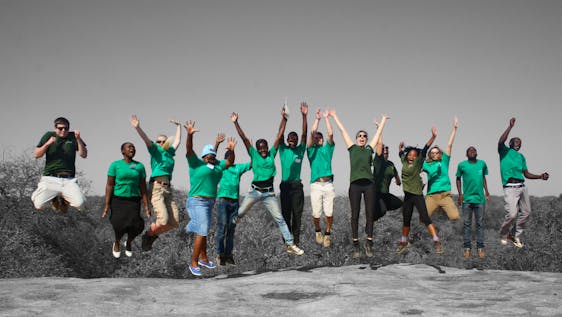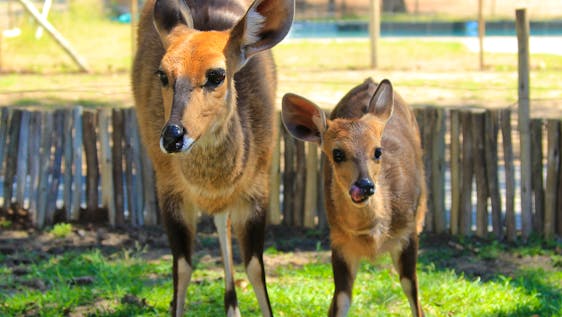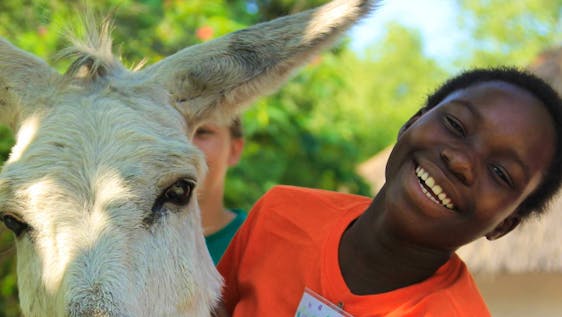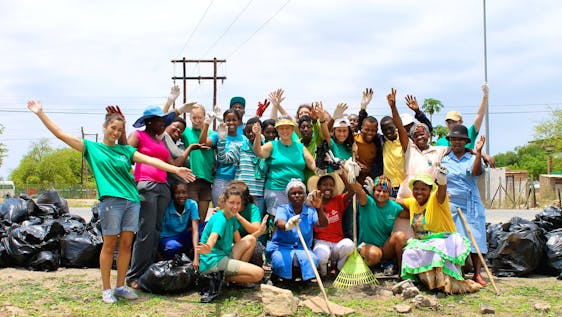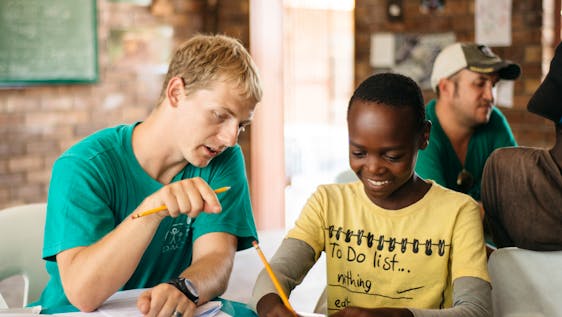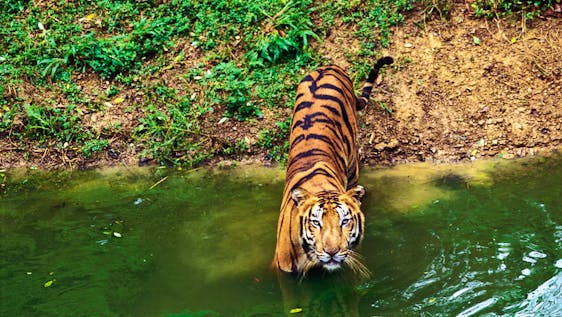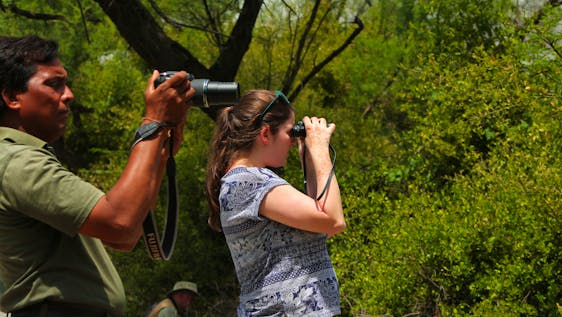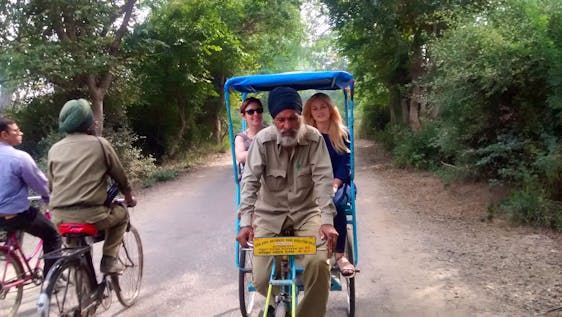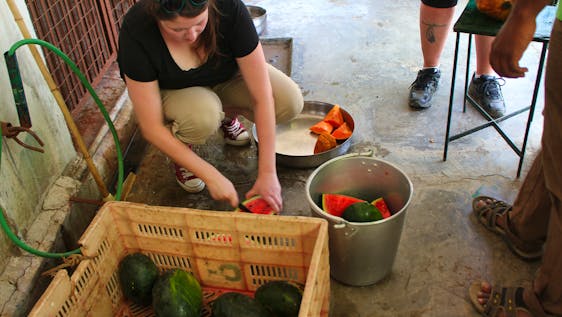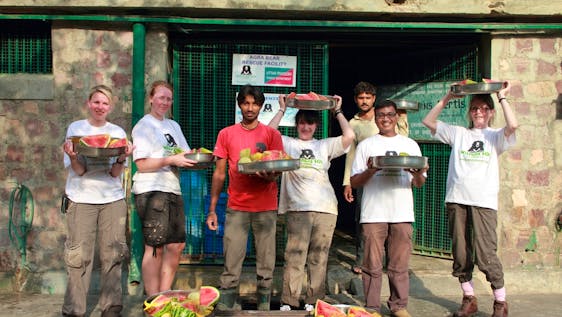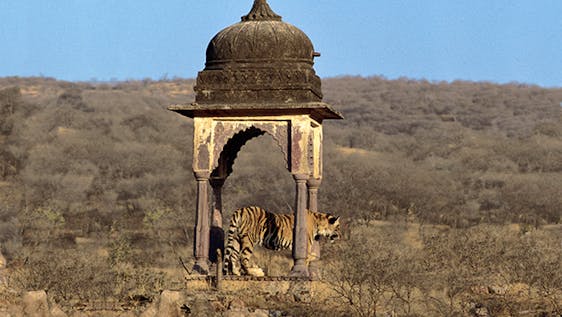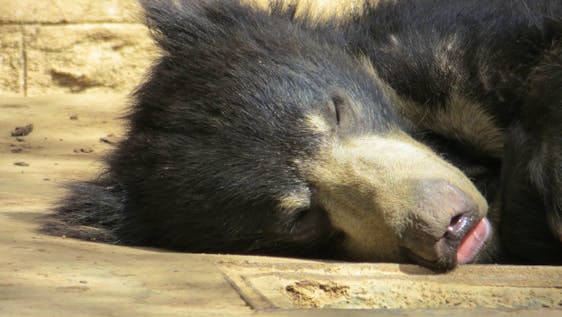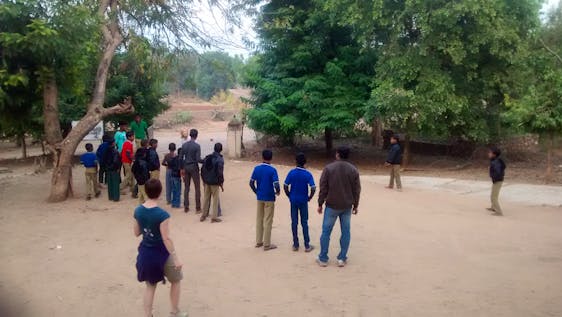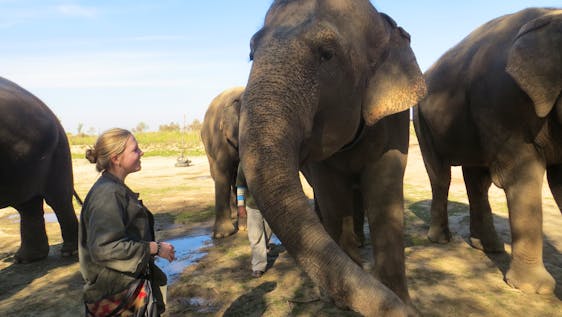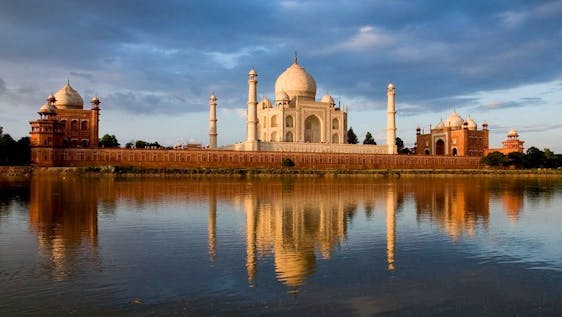Leopard Conservation Volunteer
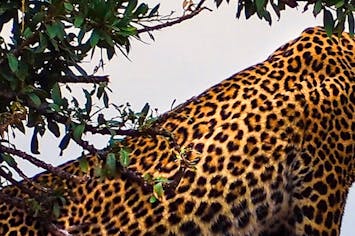
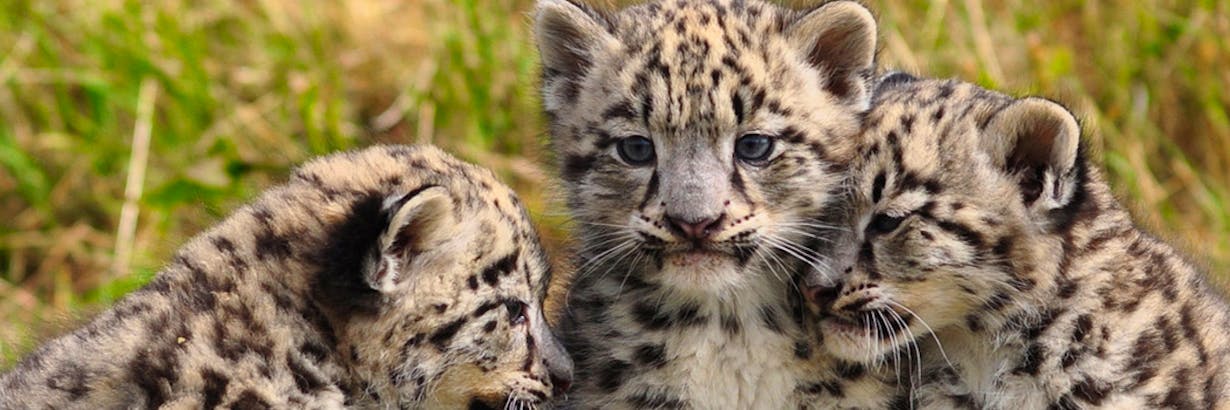
Working for Leopards Conservation
Are you intrigued by wild cats and excited to find out more about the leopard? Volunteering for one of the wild cat projects is the best way to learn everything there is to know about this mysterious animal. If you’re ready to roll up your sleeves, this is your time to help reverse the downward trend in the leopard population. Explore some of the most exotic locations our planet has to offer and admire this beautiful species up close. Volunteer for leopard conservation and help by observing and collecting data about these wild animals in their natural environment. Be the catalyst that ensures that this vulnerable species can continue to grace our planet.
Leopards are quite shy by nature and they remain somewhat of a mystery to most of us. Before we continue to tell you more about the volunteer opportunities to help this wild cat, let’s get to know this creature a little better. Here are a few facts about the leopard most of us might not have known:
- Leopards can be found in various places around the world – they live in Sub-Saharan Africa, northeast Africa, Central Asia, India, and China.
- They are very solitary and spend most of their time alone. They each have their own territory, and leave scratches on trees, urine scent marks, and poop to warn other leopards to stay away! Males and females will cross territories, but only to mate.
- As a nocturnal animal, leopards are active at night when they venture out in search of food. They spend their days mostly resting, camouflaged in the trees, or hiding in caves.
- Most leopards are light-colored and have dark spots on their fur. These spots are called “rosettes” because their shape is similar to that of a rose. There are also black leopards whose spots are hard to see. In Asia and Africa, they’re referred to as black panthers.
Leopard conservation status in 2025
According to the IUCN, the leopard is categorized as vulnerable. There are different species spread across the world. The leopard that comes to most people’s minds is the African leopard which lives in Sub Saharan Africa.
Besides the fact that they are a beautiful wildlife species, you may wonder why it’s important to save this wild cat. They are ferocious carnivorous predators that prey on all types of innocent animals. Their preference is hoofstock like deer, impalas, and wildebeests but they aren’t picky eaters and will pounce on anything that crosses their path.
Without leopards in the wild, there would be a risk of overpopulation of certain species they prey on so they play an important role in keeping the ecosystem of their environment in balance. Volunteer and work for a conservation project with leopards to make sure they can continue to do what they are meant to do.
Why are Leopards endangered?
Do you wonder why leopards are currently an endangered wildlife species? Understanding how things have come so far may enable us to address the problem more effectively. A combination of different reasons is affecting the leopard population in the wild. It’s time to take on the challenge and prevent the continuation of this drastic downward trend. Continue reading to find out more about why this big cat is struggling to survive on our planet:
Poaching
Leopard fur remains a coveted commodity and their bones are considered a powerful healing potion in Chinese medicine. Illegal trade of this animal is steadily increasing and contributing to more poaching attempts.
Habitat Loss
Leopards need a vast area to thrive in the wild. Expanding human activity has significantly decreased this area due to the increase in new roads, mines, agriculture and economic development.
Climate Change
Climate change has put a strain on the environment in general. Changes in the natural habitat of these big cats are putting their future at risk.
Conflicts with communities
Communities sharing the same environment as leopards are often active in agriculture and cultivating livestock. This livestock is very easy prey for leopards. Communities are retaliating their attacks on their livestock by killing the feline animals.
There are enough reasons for volunteers to join forces and work with this exquisite form of wildlife. With a wide array of projects, it’s simply a matter of choosing the right project for you.
What leopard species are there?
Although most of us associate leopards with Africa, they are spread over different parts of the world from Africa to central Asia, Russian Federation, China and South East Asia. The most popular species is the African Leopard but there is also:
- Indian leopard
- Javan leopard
- Arabian leopard
- Anatolian leopard
- Amur leopard
- Indochinese leopard
- Sri Lankan leopard
Their names usually indicate their geographic existence. The leopard you will most likely deal with in a leopard conservation volunteer project will be the African leopard.
Best places to work with leopards
Africa, here I come! Are you ready to explore one of the most exciting places in the world? Be prepared to admire this incredible creature in its natural habitat. Take the opportunity to discover the region and contribute to giving this lonesome traveler a fighting chance. Most leopards and big cat conservation programs are situated in the south of the African continent.
Discover natural gems such as Namibia, Botswana, South Africa or Tanzania while you embark on an adventure you will never forget. South Africa boasts the highest number of programs focused on leopard conservation. Head to the South African bush and indulge in the beauty of this magical country while contributing to work at a wildlife conservation project.
How can I help to save leopards?
If you’ve read this far, you obviously have a heart for leopards and have become concerned about leopard conservation in the wild. By joining a volunteer program for leopards, you are in for a once in a lifetime experience. Besides having an incredible story to tell, you will have actively contributed to protecting this endangered big cat. We will give you an idea of what you can expect from this volunteering journey and highlight some of the benefits you will get out of this wildlife adventure.
Your tasks as a conservation volunteer
Your tasks will depend on the wildlife organization you choose to work with as projects will differ. Some wildlife programs focus on observation of leopards and collecting data for future conservation attempts. Other programs will focus on caretaking activities for cats that have been injured and rescued from unfavorable circumstances. Let’s take a closer look at some of the tasks you may be facing during your volunteer experience at a project:
-
·
- Caring for big cats ·
- Preparing food and feeding these cats ·
- Cleaning and maintaining enclosures ·
- General farm work ·
- Educating visitors ·
- Monitoring numbers ·
- Monitoring feeding behavior, prey selection and kill frequency ·
- Monitoring social dynamics of the animals ·
- Collecting and analyzing data for reports and future action
Tasks will depend on whether you select a conservation project that is focused on conservation or a sanctuary which takes care of wounded animals. In the latter, you may have the chance to get up close to the leopards. You will get the chance to work with animals that are injured or unable to live in the wild. Both projects serve different purposes but are both in dire need of your help and support.
5 benefits of leopard conservation
Seeing leopards in their natural habitat is a once-in-a-lifetime experience that volunteers will never forget. That alone is reason enough for many people to pack their bags. Continue reading to find out more about the 5 benefits of volunteering for leopard conservation.
Learning Opportunities
Not only will you learn more about leopards but also about their environment and the difficulties they are facing in the wild. You will get hands-on experience in conservation and caretaking activities. The conservation experience will also bring you in touch with the local community which will be a wonderful opportunity for cultural interchange.
Meet other people
Besides the local community, you will also connect with other volunteers who share the same goals and have similar interests in wildlife. Rest assured that you will make meaningful connections with other volunteers or project members that may last a lifetime.
Travel
If you’re an adventurer and love to travel, nothing will stop you from discovering your surroundings. Volunteering with wildlife will introduce you to the wild side of Africa and its biodiverse environment.
New Experiences
Volunteering is a brilliant way to expand your perspective of the world. Issues that seemed huge problems before, may seem trivial after your conservation experience. Life experiences like this provide volunteers with valuable baggage that can prove helpful in the future. Volunteer and witness how you become a stronger individual.
Health Improvements
Multiple research has demonstrated that volunteering leads to better health and a healthier state of mind. Those who volunteer have lower mortality rates, function better and suffer less from depression later in life. Volunteer with leopards and experience the satisfaction of knowing you are helping an endangered species. Volunteer abroad and see what it does for your health and happiness!
Volunteers who opt to work with wildlife and contribute to the conservation of this wild beauty will be giving back to the planet and reap the benefits of their hard work.
 Activities
Activities
 Rhino Conservation
Rhino Conservation
 Elephant Conservation
Elephant Conservation
 African Leopard
African Leopard
 Animal
Animal
 Africa
Africa
 Southern Africa
Southern Africa
 Wildlife Conservation
Wildlife Conservation
 Lion Conservation
Lion Conservation
 Southwest African Lion
Southwest African Lion
 Antelope Conservation
Antelope Conservation
 South Africa
South Africa
 White Rhino
White Rhino
 Anti Poaching
Anti Poaching
 Bush Elephant
Bush Elephant
 African Elephant
African Elephant
 Giraffe Conservation
Giraffe Conservation
 Planting Trees
Planting Trees
 Hotspots
Hotspots
 Tiger Conservation
Tiger Conservation
 Zebra Conservation
Zebra Conservation
 Cheetah Conservation
Cheetah Conservation
 South African Cheetah
South African Cheetah
 African Buffalo
African Buffalo
 Buffalo Conservation
Buffalo Conservation
 Mountain Zebra
Mountain Zebra
 Hyena Conservation
Hyena Conservation
 Spotted Hyena
Spotted Hyena
 Kudu
Kudu
 National Park
National Park
 Impala
Impala
 Premium
Premium
 Bushbuck
Bushbuck
 Animal Sanctuary
Animal Sanctuary
 Caracal Conservation
Caracal Conservation
 Caracal
Caracal
 African Wild Dog Conservation
African Wild Dog Conservation
 Southern Giraffe
Southern Giraffe
 Monkey Conservation
Monkey Conservation
 Namibia
Namibia
 Baboon
Baboon
 Windhoek
Windhoek
 Meerkat
Meerkat
 Meerkat Conservation
Meerkat Conservation
 Port Elizabeth
Port Elizabeth
 Plains Zebra
Plains Zebra
 Jackal Conservation
Jackal Conservation
 Bird Conservation
Bird Conservation
 Eagle
Eagle
 Intern Abroad
Intern Abroad
 Veterinary Training
Veterinary Training
 Southern Europe
Southern Europe
 Street Animals
Street Animals
 Athens
Athens
 Europe
Europe
 Greece
Greece
 Safari
Safari
 Hippo Conservation
Hippo Conservation
 Kruger National Park
Kruger National Park
 Common Warthog
Common Warthog
 Elephant Research
Elephant Research
 Golden Jackal
Golden Jackal
 Side-striped Jackal
Side-striped Jackal
 Amur Tiger
Amur Tiger
 Vegan
Vegan
 Volunteer and Travel
Volunteer and Travel
 Voluntourism
Voluntourism
 Johannesburg
Johannesburg
 Whale Shark
Whale Shark
 Shark Conservation
Shark Conservation
 Swaziland
Swaziland
 Capuchin Monkey
Capuchin Monkey
 Tanzania
Tanzania
 Serengeti
Serengeti
 Eastern Africa
Eastern Africa
 Arusha
Arusha
 Education
Education
 Youth Teaching
Youth Teaching
 Sloth Bear
Sloth Bear
 Indian Leopard
Indian Leopard
 Indian Elephant
Indian Elephant
 Delhi
Delhi
 Asia
Asia
 India
India
 Southern Asia
Southern Asia
 Bear Conservation
Bear Conservation
 Oryx
Oryx
 Vervet Monkey
Vervet Monkey
 Leopardus Conservation
Leopardus Conservation
 Ocelot
Ocelot
 Badger Conservation
Badger Conservation
 Crocodile
Crocodile
 Wildcat Conservation
Wildcat Conservation
 Reptile Conservation
Reptile Conservation
 Victoria Falls
Victoria Falls
 Mongoose
Mongoose
 Mongoose Conservation
Mongoose Conservation
 Owl
Owl
 Sea Otter
Sea Otter
 Tanzanian Cheetah
Tanzanian Cheetah
